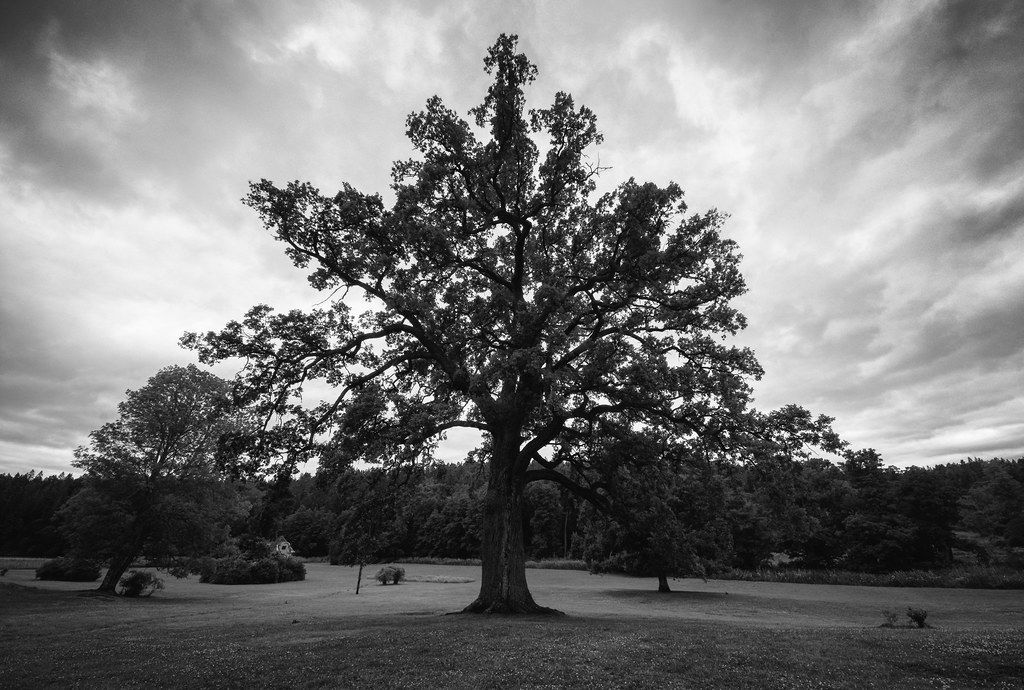#Tyresö Park
Photo
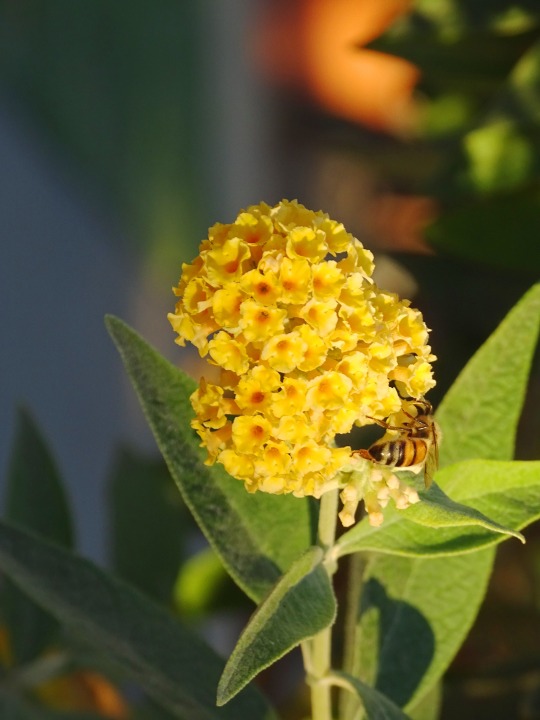
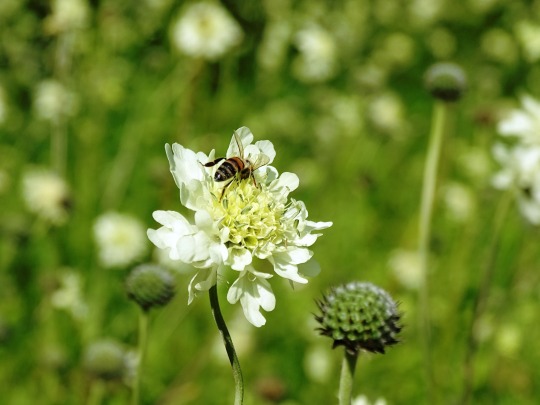
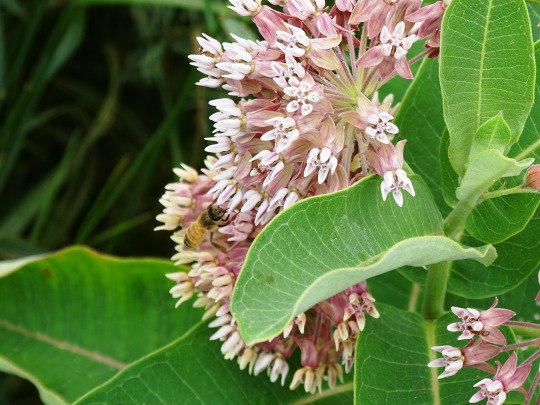
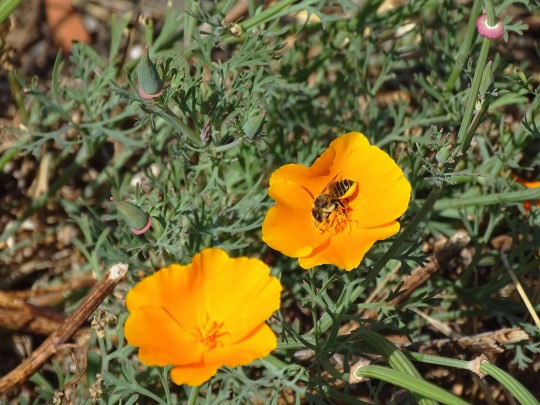

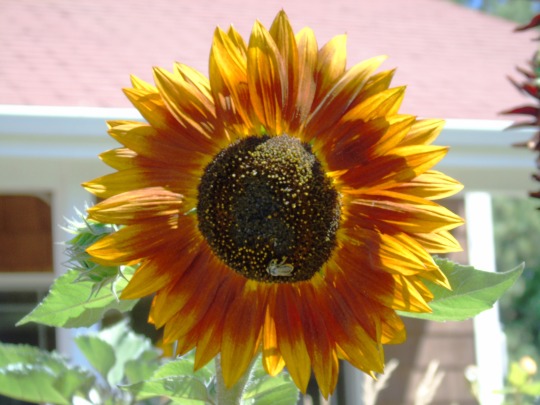




World Bee Day
Support bee conservation by donating or purchasing from companies that work to save these crucial members of the ecosystem, or start your own bee hive.
Lately, the concerns about bees being endangered have become widely noted among people all over the world, but information on how to take action about it has become scarce in this age.
That’s why World Bee Day exists to educate people about the importance of bees and how they can help preserve them for the sake of the future. If you want to help save these fuzzy insects from extinction, then read down below to find out what World Bee Day is about!
History of World Bee Day
World Bee Day corresponds with an important influencer in the pioneering of beekeeping. Anton Janša, who in the 18th century pioneered modern beekeeping techniques in his native Slovenia, was one of the first people to help bring about the importance of bees in the world environment.
Since then, beekeeping has become a vital necessity in the world’s ecosystems and economic systems. However, not many people realize the importance of bees or know how to help save the bees, which led to the announcement of World Bee Day through the United Nations.
The United Nations designated World Bee Day to raise awareness of the importance of bees. Bees are under a continuous threat from human activity, which includes the introduction of invasive insects, pesticides, land-use change, and monocropping practices, which have continuously been destroying bee colonies over time.
World Bee Day helps educate people about the importance of bees and what they do for the environment, which includes how they help grow 90% of the world’s wildflower plants, 35% of the world’s crops depend on bees to grow, and how they help build ecosystems all over the world. With these statistics, the United Nations has created various programs all over the world to increase awareness of protecting bees and what you can do to help this cause.
This day is also open to other pollinators as well as bees, like bats, hummingbirds, and butterflies. Together these essential animals help keep ecosystems healthy and maintain biodiversity. Bees and other creatures also help us fight problems on a global level, like world hunger and helping to adapt to climate change. These fantastic fuzzy creatures help keep our plants and our planet alive.
If you look at bees as creatures, they are a fascinating insect even without all the services they provide for us. For instance, the phrase bee’s knees makes absolutely no sense, because bees actually don’t have knees. Bees also communicate by dancing – can you imagine if humans didn’t talk and only communicated via the medium of dance? If you consider honey as well, it has also been used as an antiseptic and treatment for burns and wounds for centuries.
Bees have been around for thousands of years, and the very first bee found was 100 million years old! Bees might also have been the very first species to decide to go vegetarian. Originally, our fuzzy friends used to eat other insects, but they evolved to eat nectar and pollen instead. Bees have long supported us, humans with honey being a monumental discovery for our ancestors (it must have been tough for them to gather!).
From sweetening food to dressing wounds, we loved honey so much that our children are still named after bees. Names like Melissa and Ali mean bee in Greek and Urdu, showing that across the world, we share a global appreciation for bees.
World Bee Day Timeline
13000-8000 BC People get honey from wild bees
Enjoying the sought after sweetness of honey and usefulness of wax, people climb ladders to reach the nests of wild bees.
200 AD Bee hives in Ancient Egypt
With bees that may have been more aggressive, beekeepers approach the hives with shaven heads to prevent the bees from reacting to the perfumed oils used in the hair.
1621 Beehives are sent to the colonies
To help the people of the colonies survive, supplies that include beehives are sent on ships from London to Virginia.
2006 Colony Collapse Disorder is first reported
Beekeepers begin reporting high losses where adult bees literally just disappear from the hive, leaving the queen and immature bees inadequately attended to.
2008 The Secret Life of Bees film is released
Based on a book of the same name by Sue Monk Kidd and set in the 1960s southern US, this movie stars Dakota Fanning as a young girl who runs away in search of her mother.
How to Celebrate World Bee Day
If you want to do more, find a charity that helps towards bee conservation, and donate through there. Many bee charities offer their own merchandise, which goes directly back into their profits, like bee jewelry or clothing.
Why not purchase your own Bee Tee or give your loved ones a unique bee necklace to share the love? Many bee charities also arrange their own events, awareness campaigns, and particular ways of donating, so why not support a charity near you to show support for our buzzing buddies.
Start a garden and place with a full arrangement of fruits, vegetables, and flowers that you know bees would like. Only have limited space? If you have a balcony or terrace, you can buy nectar-bearing flowers and pot them in your available area for both decorative and bee-saving purposes.
Plants like sunflowers, poppy, and our much-loved food favorites like thyme, dill, and fennel are perfect for pollinators. You can even create a pollination station for bees in your garden or outdoor space to benefit from. Make a friendly environment for bees, butterflies, and any local pollinators to help their habitats.
Looking to be more proactive about how you purchase your food? Go to a local beekeeper and buy honey from them. You could go for honey and many other hive products. Talking to a local beekeeper will also help you find suitable ways to keep your garden or outdoor space a bee-friendly environment.
Avoiding harmful pesticides will keep pollinators happy, and if you have to spray anything, doing so in the morning or late at night will ensure that your bees don’t get caught in the crossfire. If you’re lucky enough to have a larger outdoor space that’s filled with wildflowers, keeping part of it preserved will mean that your bees have the perfect natural environment to enjoy.
If you’re looking for a way to help raise awareness of bee endangerment, then share and spread the news about World Bee Day through social media.
World Bee Day FAQs
Do bumble bees sting?
While female bumble bees do have stingers, they rarely sting. Stings can be avoided by remaining calm and not provoking them.
How do bees make honey?
Bees make honey by sucking the nectar from flowers, regurgitating it when they get back to the hive, and then reducing the water content by passing it mouth-to-mouth until it turns into honey.
How long do bees live?
Worker bees live from 2-20 weeks, drones from 30-55 days and queen bees 1-5 years.
What do bees eat?
Bees feed on the pollen and nectar that is collected by the foragers.
Are bees endangered?
Studies and records have suggested that bee populations are declining worldwide due to climate change, loss of habitat and pesticides and more.
Source
#Tyresö Park#Stockholm County#Brix Restaurant & Gardens#silkweed#USA#Damariscotta Shell Midden Historic District#Purple Haze Lavender Farm#travel#sunflower#original photography#Sweden#summer 2020#2017#2022#flora#nature#flowers#blooming#garden#insect#wasp#bumblebee#animal#wildlife#World Bee Day#20 May#WorldBeeDay#international day#close up#vacation
1 note
·
View note
Video
The Great Oak by Henrik Sundholm
Via Flickr:
The grounds at Tyresö Castle outside Stockholm, Sweden.
#tree#nature#landscape#clouds#cloudy#sky#lawn#grass#tyresö#tyresö slott#park#garden#hdr#stockholm#sverige#sweden#bw#black and white#monochrome#shadows#flickr
7 notes
·
View notes
Text
Kalvfjärden to niewielka zatoka przy której ulokował się Zamek Tyresö. Właściwie to zamkowy park leży nad Kalvfjärden.
#gallery-0-17 { margin: auto; } #gallery-0-17 .gallery-item { float: left; margin-top: 10px; text-align: center; width: 50%; } #gallery-0-17 img { border: 2px solid #cfcfcf; } #gallery-0-17 .gallery-caption { margin-left: 0; } /* see gallery_shortcode() in wp-includes/media.php */
Kalvfjärden to zatoka można powiedzieć, że Morza Bałtyckiego (chyba nigdy się nie przyzwyczaję do tego, że w okolicy Sztokholmu Bałtyk wygląda jak jezioro).
Jest to przepiękne miejsce, które jest idealne na spacer o każdej porze roku i kąpiel latem.
#gallery-0-18 { margin: auto; } #gallery-0-18 .gallery-item { float: left; margin-top: 10px; text-align: center; width: 50%; } #gallery-0-18 img { border: 2px solid #cfcfcf; } #gallery-0-18 .gallery-caption { margin-left: 0; } /* see gallery_shortcode() in wp-includes/media.php */
Kalvfjärden ma urokliwą wyspę Notholmen na którą można się dostać drewnianym mostkiem.
#gallery-0-19 { margin: auto; } #gallery-0-19 .gallery-item { float: left; margin-top: 10px; text-align: center; width: 33%; } #gallery-0-19 img { border: 2px solid #cfcfcf; } #gallery-0-19 .gallery-caption { margin-left: 0; } /* see gallery_shortcode() in wp-includes/media.php */
Na wyspie znajduje się przystań łodzi.
Jest tu również kawiarnia.
Są i budynki w których można zabukować nocleg, albo zorganizować np. wystawę prac.
#gallery-0-20 { margin: auto; } #gallery-0-20 .gallery-item { float: left; margin-top: 10px; text-align: center; width: 50%; } #gallery-0-20 img { border: 2px solid #cfcfcf; } #gallery-0-20 .gallery-caption { margin-left: 0; } /* see gallery_shortcode() in wp-includes/media.php */
Kalvfjärden jest oddalone od centrum Sztokholmu tylko 20 minut samochodem.
Jest to idealne miejsce żeby zobaczyć prawdziwą Szwecję…
Kalvfjärden – idealne miejsce na spacer. Kalvfjärden to niewielka zatoka przy której ulokował się Zamek Tyresö. Właściwie to zamkowy park leży nad Kalvfjärden.
0 notes
Text
Join us at Kylemore Abbey | April 22-May 5, 2018
Join painters Jaclyn Dooner & Simón Ramírez for a unique two week landscape painting and drawing workshop designed to create a vibrant, cultural, educational and spiritual experience. Learn key painting and drawing techniques: color relationships, light and shadow, perspective drawing, and other essentials for capturing nature.
ABOUT THE WORKSHOP
The workshop offers artists at varying levels the unique opportunity for a residential art course En Plein Air Painting & Drawing in the idyllic setting of Kylemore Abbey located in Connemara, Ireland. Participants will be lead by two practicing artists who will introduce the “Wild Atlantic Way,” a distinct and unique setting still untouched by modernity and industrial development. Each morning there will be a lecture, followed by private excursions to a choice outdoor setting. The artists will visit you at your selected setting and offer words of encouragement and advice in order to aid in your creation. The workshop will conclude in a group exhibition.
ABOUT THE ABBEY
Notre Dame Global Centre at Kylemore Abbey is located in St. Joseph’s Hall, a self-contained building adjacent to the main Abbey Estate. Kylemore is located in the idyllic Connemara region in County Galway, approximately 77km from Galway City. The grounds offer stunning sites to study landscape, light, gardens, animals and more.
WORKSHOP DETAILS
April 22 - May 5, 2018
$3000 | All Skill Levels Welcome
Private En-suite rooms, all grounds transport included, all meals included prepared by private Irish Chef showcasing local product, class time with two professional artists, Masterclass with Irish Guest Artists.
TO APPLY CONTACT
[email protected] or Apply Here
APPLICATION DEADLINE
March 1, 2018
FOR MORE ABBEY INFO VISIT
kylemore.nd.edu
MEET THE GUEST RESIDENCE ARTISTS
Jaclyn Dooner & Simón Ramírez join us from New York City where they work and live. Jaclyn received her MFA from the New York Academy of Art in May 2015, and her BFA from the University of Notre Dame in 2007. Her work is shown in New York, LA and Europe. Simón received his MFA from the New York Academy of Art in May 2016, and his BFA from Universidad Pontificia Bolivariana in 2012 in his native Medellín, Colombia. His work is shown in Colombia, Spain, the UK, USA and China. Recently, Simon´s work has been selected for the BP portrait award 2017 at the National Portrait Gallery in London.
MEET THE GUEST MASTERCLASS LOCAL ARTIST
Mick O’Dea: Born in Ennis, County Clare in 1958, Mick O’Dea studied at the National College of Art and Design and the University of Massachusetts from 1976 to 1981. In 1997 he was awarded an M.A. in European Fine Art from the Winchester School of Art having studied in Barcelona and Winchester. Mick O’Dea is the current President of Royal Hibernian Academy. As a landscape artist he is consciously receptive to the ever shifting patterns of light. All his work is at once energetic and contemplative, multidirectional yet focused, coloured sparingly yet luxuriant. He generates a sense of urgency which is translated and made manifest by the quality and the immediacy of his work.
Alannah Robins: Irish artist Alannah Robins is a graduate of the National College of Art and Design, Dublin. An article in The Guardian listed her sculpture in Grizedale Forest Sculpture Park, Cumbria as one of the eight best sculptures of the female figure in Britain. She was recently awarded the Tyresö Cultural Stipendium and has exhibited broadly including in London’s Dialogue Cultural Space, Harris Lindsay of Mayfair and in Stockholm’s Tegen2.
Morgan Ferriter: Born in Dublin 1971, Morgan grew up in Donegal in the Northwest of Ireland, where he lives and works today. The subjects of his paintings are the Irish landscape, particularly Donegal and surrounding counties. He favours working 'plein air' or on location, his preferred medium being oil. He has also painted extensively in Canada and has exhibited there since 2002. Morgan is also a keen musician and has played with many different musical ensembles in the last 20 years.
SAMPLE DAILY SCHEDULE
Monday, April 23
8-9AM Breakfast at ND Centre at Kylemore Abbey
9-10:30AM Morning Meet Up -- Technique 1
10:30-11AM Coffee Break
11:30PM Depart to Painting Location. Packed Lunch Included.
12:00PM Plein Air Painting: with one-on-one guidance/feedback
5:00PM Depart Back to the Abbey
7-8PM Traditional Irish Farm to Table Welcome Dinner
8:30-9:30PM Optional Evening Social - Local Live Music
0 notes
Text
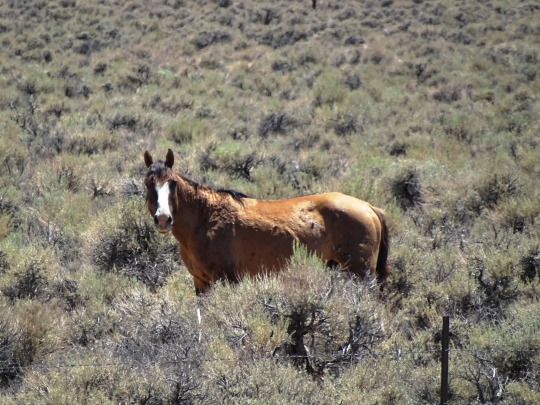
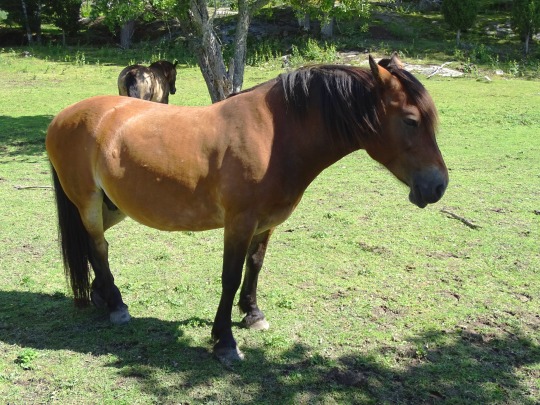
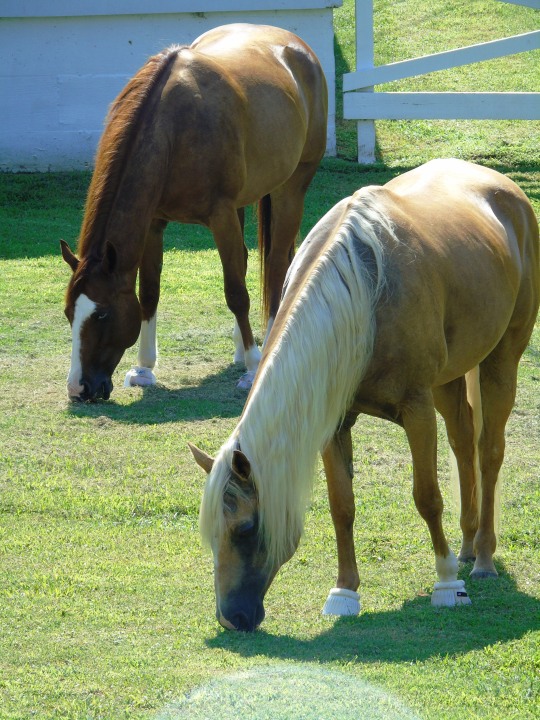
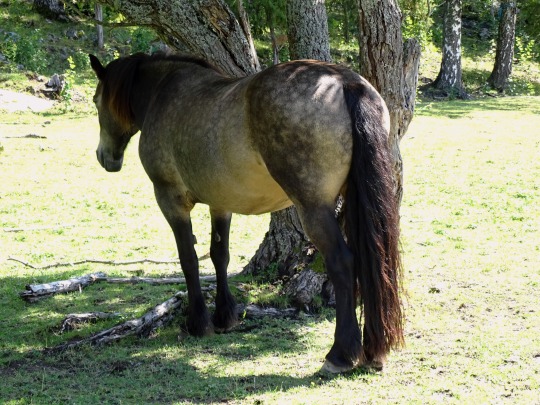
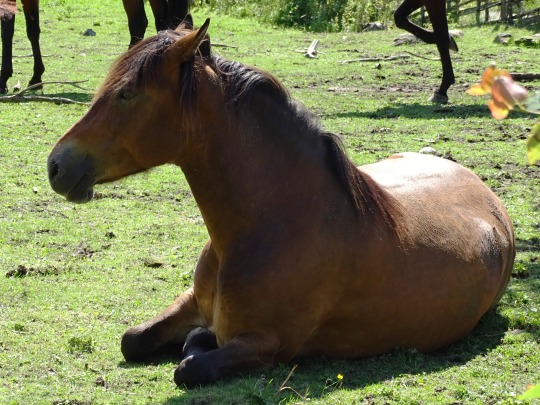
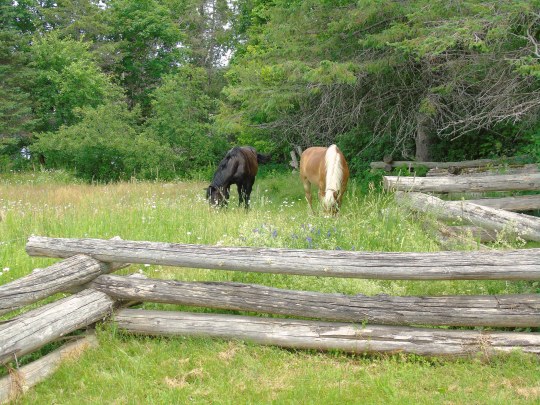

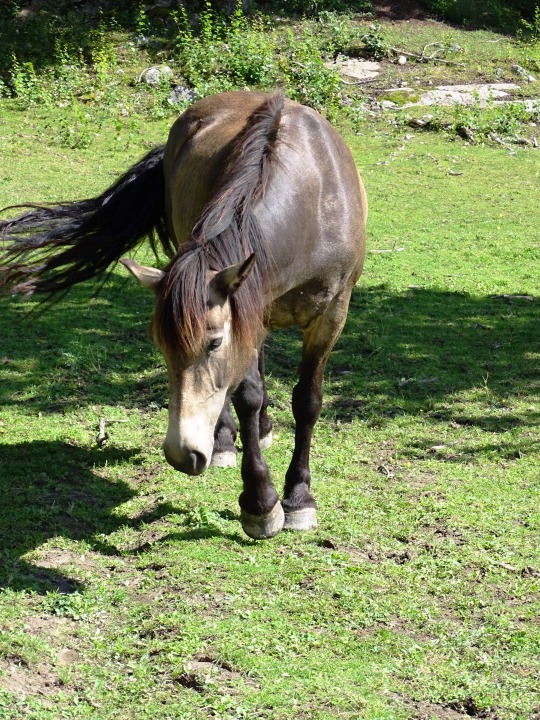
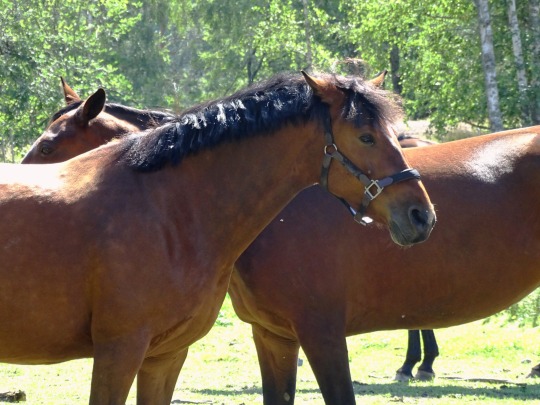
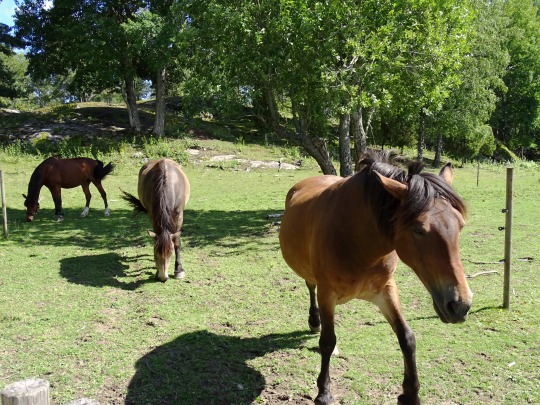

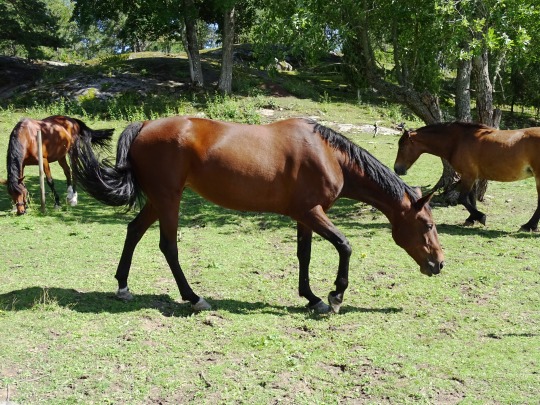


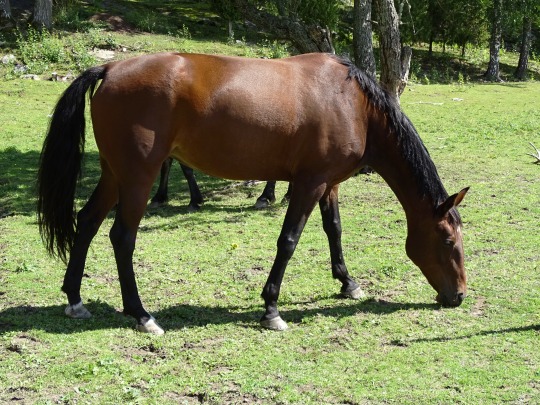
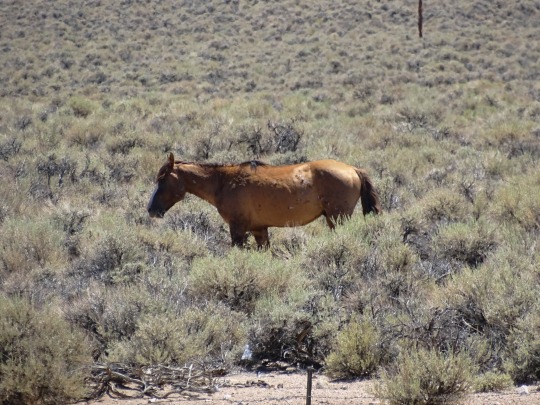


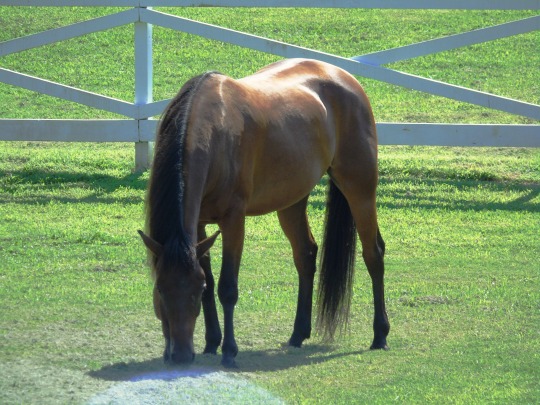
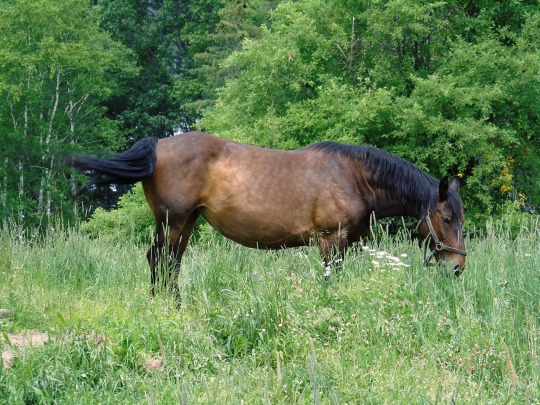
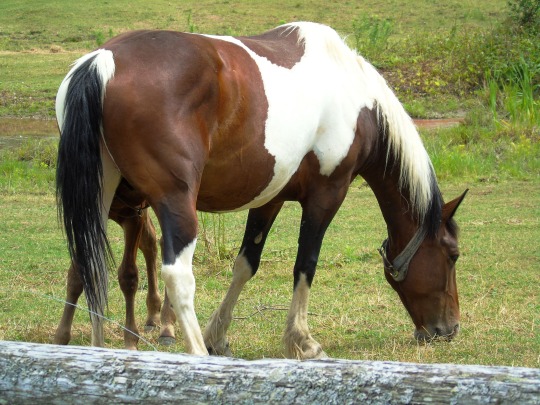
National Horse Protection Day
The majestic horse has long been considered a close companion of humans and a vital contributor to our species’ progress. Horse Protection Day is all about returning the love of our four-legged friends by raising awareness of the various plights that horses face and by protecting them from abuse, exploitation and neglect.
History of Horse Protection Day
Throughout the centuries, equines have carried us on their backs, pulled our carriages, fought in our wars, tilled our fields and traveled miles and miles across our countries. They have been a key part of human civilization for over 5,000 years and have cultural significance all over the world. In the US, for example, the horse has a legendary status as an icon of the American spirit, a symbol of freedom in the West.
Although the advent of the automobile and various other technological advances has meant that these creatures are no longer required as frequently on the roads or as laborers, today horses still remain a steadfast companion to animal lovers and equestrian fans alike. As well as being great pets, they are a beloved therapy animal, often providing support to people with disabilities, assist with important work such as policing and cattle ranching and have become a key part of some popular sports.
Yet despite the wonderful loyalty and dedication of horses, they are frequently mistreated, exploited and abandoned.
Horse Protection Day was first observed in 2005 when it was founded by pet lifestyle expert and animal behaviorist Colleen Paige. Having grown up around horses, Paige created the day to make others mindful of the plight of unwanted and neglected horses, those that end up being slaughtered or served as food and those that are abused and exploited. The day aims to encourage the rescue, rehabilitation and rehoming of horses.
Although Horse Protection Day began in the US, it has since spread and is celebrated elsewhere too – a testament to how universally valued these animals are.
Why horses need our protection
There are a whole host of reasons why horses around the world need our protection.
Because of the resources and expense needed to care for them, horses are especially at risk of a poor quality of life, neglect and abandonment, even by well-intentioned owners who lack sufficient knowledge or simply fall upon hard times. However, there are also many horse breeders and dealers who care not about animal welfare but rather about generating a profit. This can lead to large numbers of horses living in poor conditions and even suffering from abuse.
Although horse meat is consumed in various parts of the world and often considered a delicacy, there are also many who are against horses being treated as a food source. Horses that are slaughtered for meat often come from auctions, but sometimes they are abandoned pets, retired working animals, bought from private sellers or captured from wild herds.
With the horse considered an American icon, the US is particularly averse to horse meat – it’s illegal to sell or eat horse meat in some states such as California and there’s a movement to make this the case across the country.
While sports can be a great way for people and horses to bond, the equine’s wellbeing isn’t always given the priority it deserves. Horses may be overworked, maltreated and injured, sometimes fatally, in the pursuit of glory in the sports stadium.
And even wild horses (known as mustangs in the US) require our protection. Finding a humane solution to the problem of overpopulation in America is a real challenge – while many consider the rounding up of wild horses to be cruel, with a small number adopted but most living out the rest of their lives in holding pens, if numbers aren’t properly handled this could lead to drought and starvation for thousands. Humane management is therefore key to their flourishing.
How to celebrate Horse Protection Day
Horse Protection Day is a day to be mindful of the trials and tribulations of horses without a home, without companionship and without love. Horse lovers will often say that these creatures are just as much our four-legged friends as cats and dogs are – and if you have ever been lucky enough to know these shy and gentle animals, you’ll know this to be true.
There are plenty of ways you could observe Horse Protection Day. Of course, not everyone has the space to adopt a horse and keep one to look after, but if you live close to a stable, offering a helping hand with the horses or dropping off food and bedding would certainly be appreciated.
Perhaps you could think about supporting a horse through a charity or donating to your local horse sanctuary. By supporting organizations such as these, you’ll be contributing to a whole range of activities aimed at improving the lives of horses everywhere, from rehoming and rehabilitation to educating and supporting owners and breeders. And if you spot a horse that seems neglected or abandoned, don’t be afraid to call an animal welfare charity or equine sanctuary for help.
If you’re especially passionate, you could even get involved in lobbying efforts to improve legislation on animal welfare, livestock protection and responsible breeding.
Horse Protection Day is also a great opportunity to connect with these amazing animals. Why not go on a trail ride or take up a sporting activity involving horses such as polo or showjumping? You can also venture into the great outdoors to places where wild horses can be found roaming freely! However, you decide to celebrate, remember to spread the word on social media, and be sure to find out more about this important observance by visiting the Horse Protection Day website.
Source
#Tyresta National Park#Tyresö#Stockholm County#travel#Sweden#original photography#fauna#flora#paddock#meadow#summer 2020#National Horse Protection Day#NationalHorseProtectionDay#1 March#outdoors#tourist attraction#landmark#vacation#Sverige#Scandinavia#Northern Europe#Nevada#USA#Canada#Graceland#wild horse#North Swedish Horse#Kings Landing Historical Settlement#New Brunswick#Memphis
0 notes
Photo
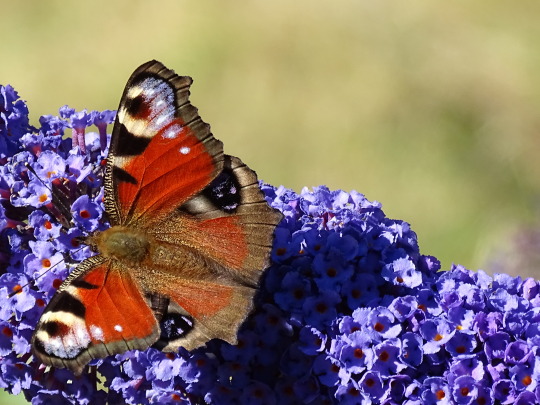
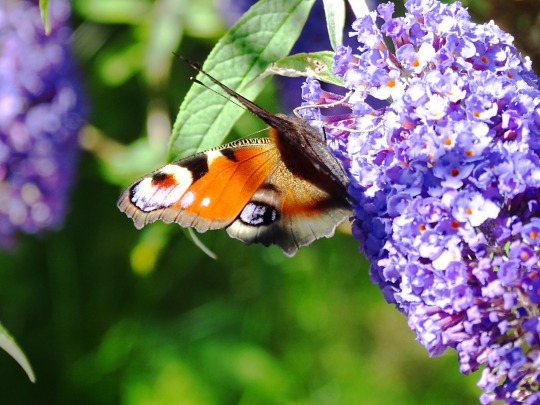
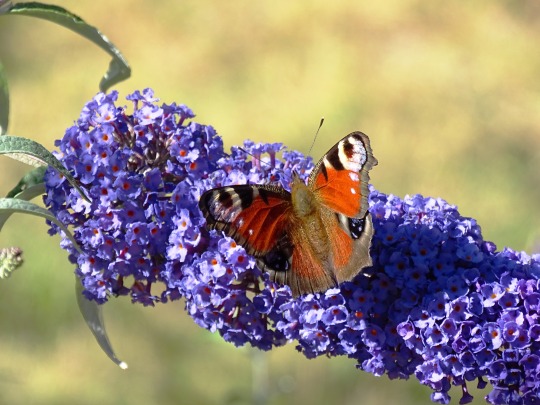
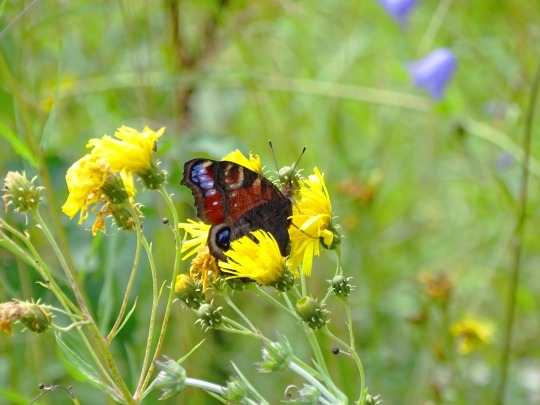
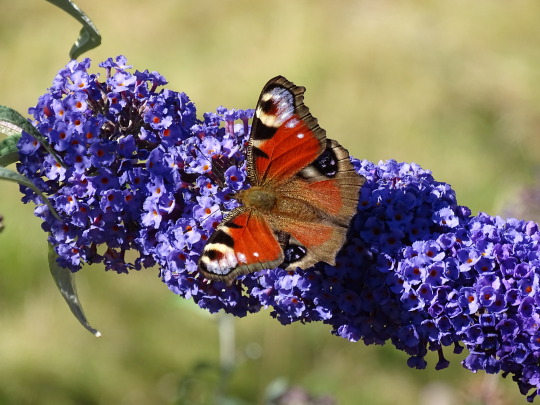
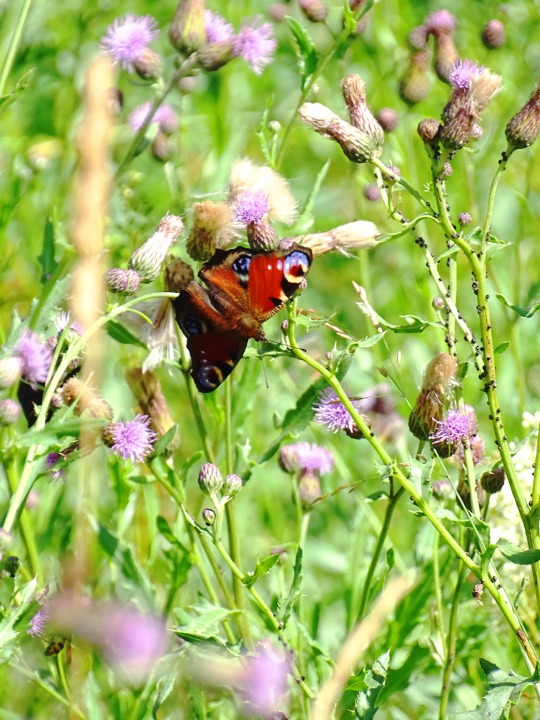

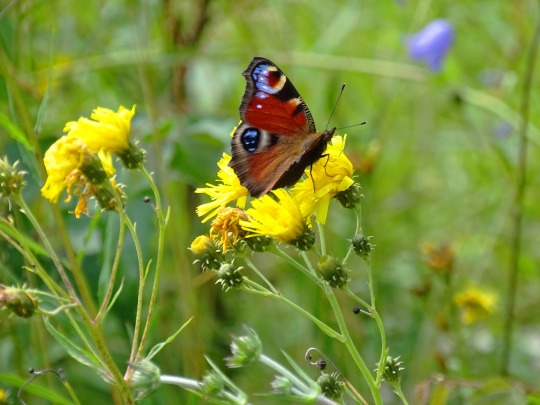
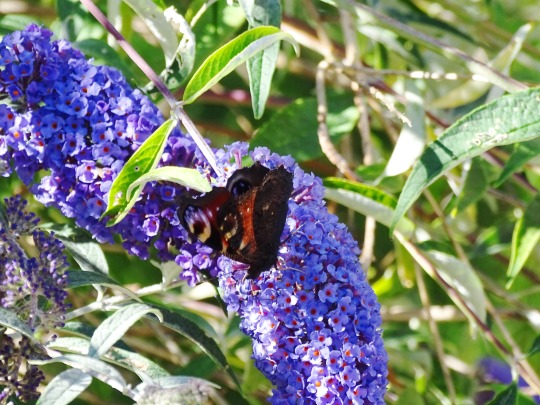
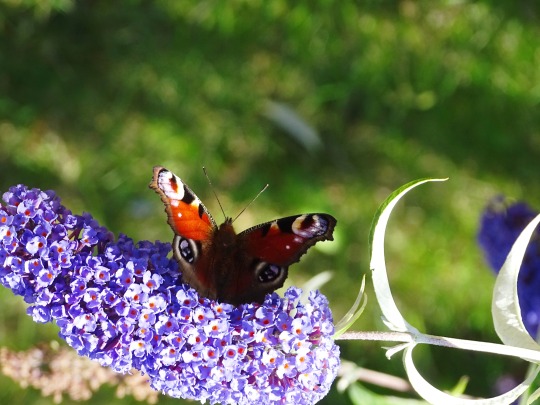
Butterflies in Sweden (No. 1)
Aglais io, the European peacock, more commonly known simply as the peacock butterfly, is a colourful butterfly, found in Europe and temperate Asia as far east as Japan. It was formerly classified as the only member of the genus Inachis (the name is derived from Greek mythology, meaning Io, the daughter of Inachus. It should not be confused or classified with the "American peacocks" in the genus Anartia; while belonging to the same family as the European peacock, Nymphalidae, the American peacocks are not close relatives of the Eurasian species. The peacock butterfly is resident in much of its range, often wintering in buildings or trees. It therefore often appears quite early in spring. The peacock butterfly has figured in research in which the role of eyespots as an anti-predator mechanism has been investigated. The peacock is expanding its range and is not known to be threatened.
The butterfly has a wingspan of 50 to 55 mm. The base colour of the wings is a rusty red, and at each wingtip it bears a distinctive, black, blue and yellow eyespot. The underside is a cryptically coloured dark brown or black.
Source: Wikipedia
#European Peacock#Aglais io#peacock butterfly#butterfly bush#flora#fauna#travel#original photography#meadow#Tyresta National Park#Tyresö#insect#Stockholm County#Sweden#Sverige#nature#wildlife#vacation#summer 2020#close up#tourism#tourist attraction#animal photography
26 notes
·
View notes
Photo

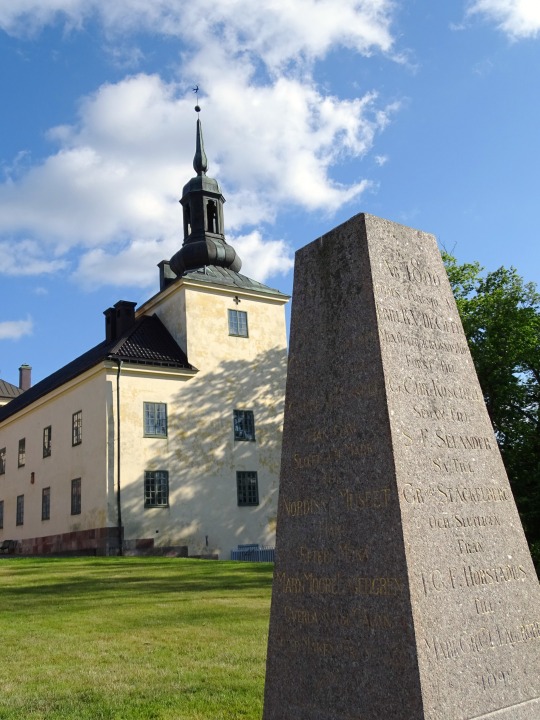
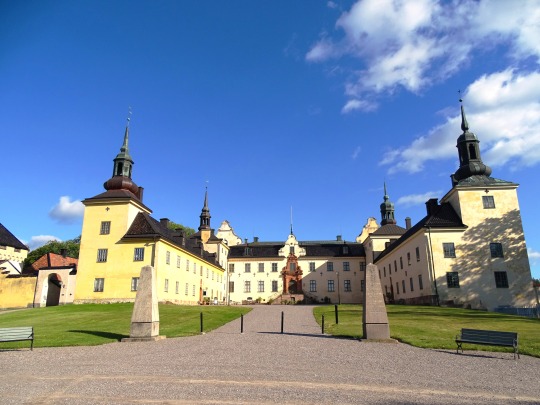
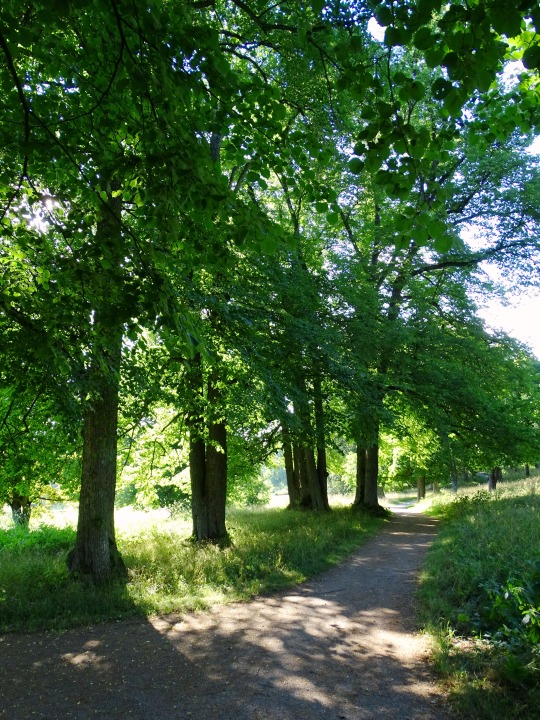
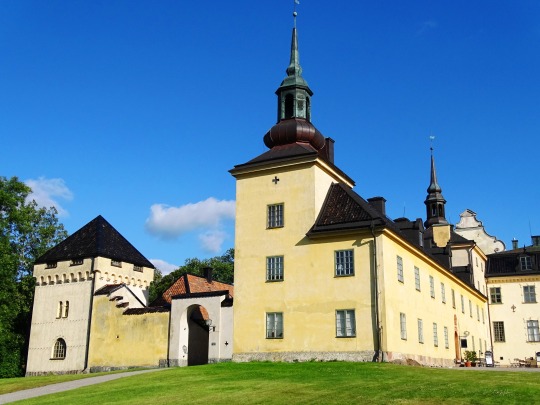
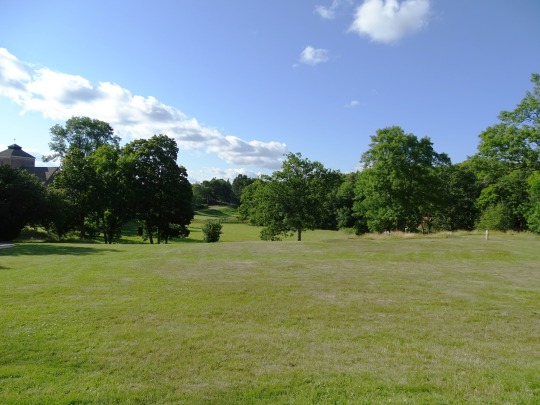
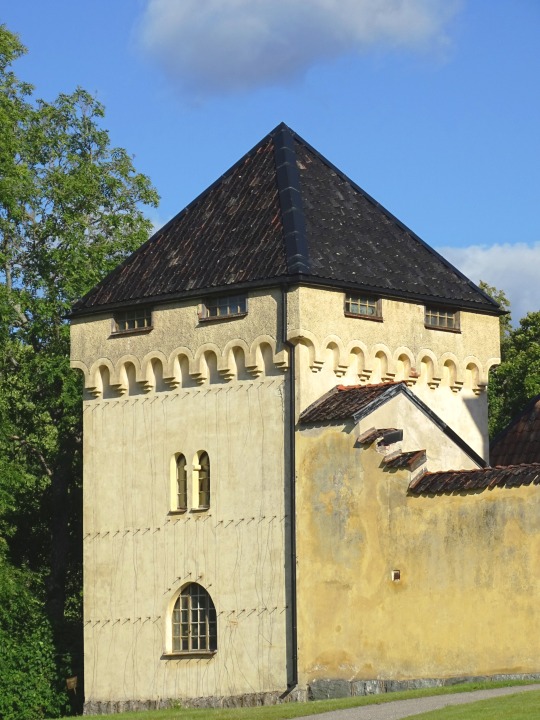
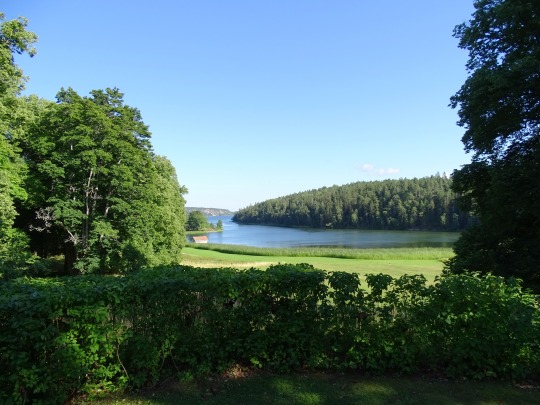
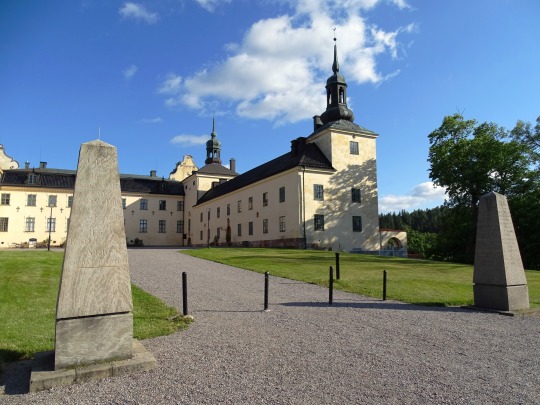

Tyresö Palace, Sweden (No. 10)
For eighteen summers, Prince Eugen lived at Lilla Tyresö in the house called the Prince’s Villa, which is a youth hostel today. Here he was undisturbed and could enjoy the nature and the landscape, which also served as the motif for some of his most famous paintings. Other artists regularly visited Prince Eugen while he was staying at Lilla Tyresö, which can be described as having been an artists’ colony during the years 1894–1912.
You can read more in the book Tyresö Palace. This tells of the buildings and parks, and also about the owners of the palace, the servants and visiting artists. The book is available in both Swedish and English.
Source
#Kalvfjärden#Tyresö Palace#Tyresö#Stockholm County#architecture#travel#landscape#Fredrik Magnus Piper#Isak Gustaf Clason#tourist attraction#Gabriel Gustafsson Oxenstierna#façade#evening light#English Garden#park#summer 2020#original photography#Scandinavia#Sweden#Sverige#Northern Europe#Baltic Sea#trail
15 notes
·
View notes
Photo
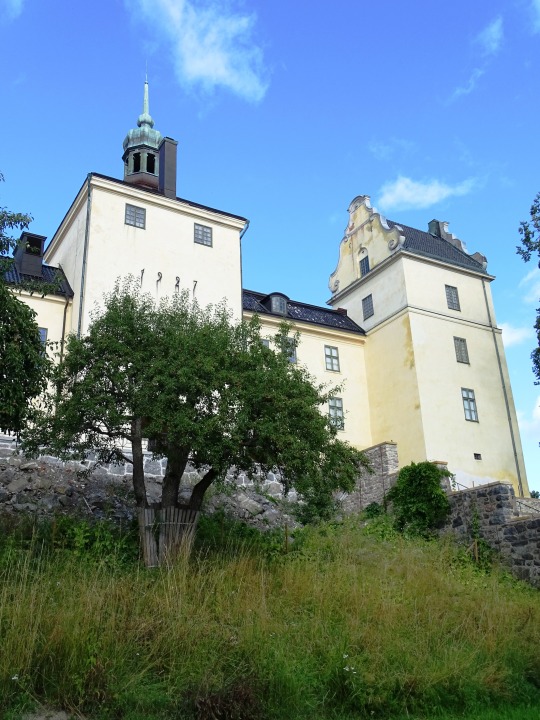


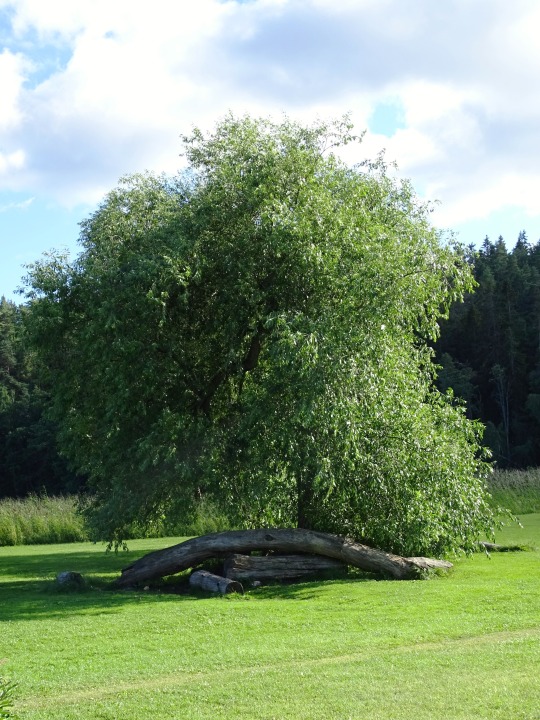
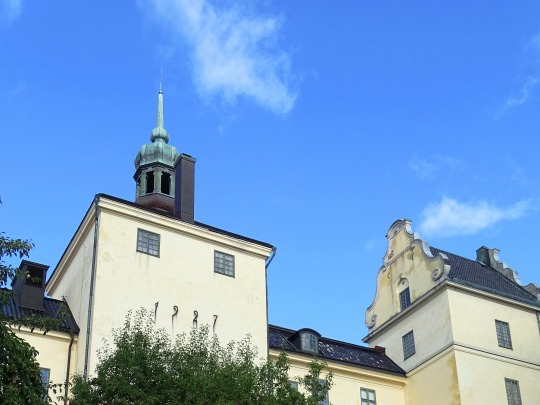
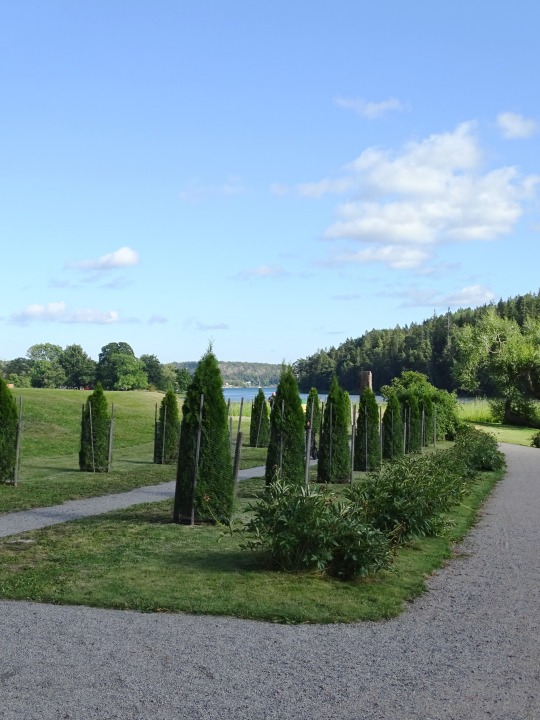
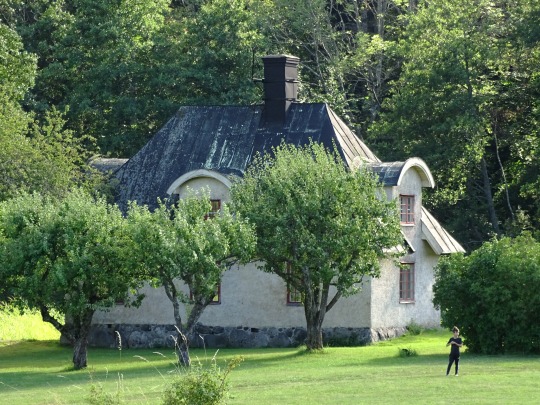
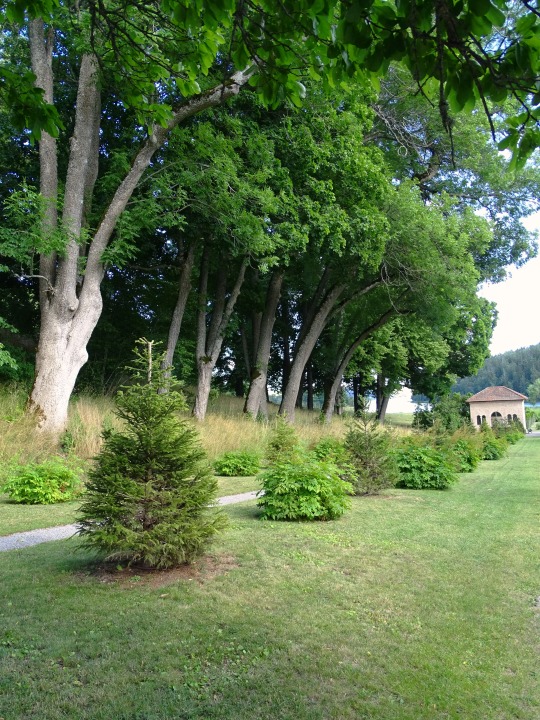
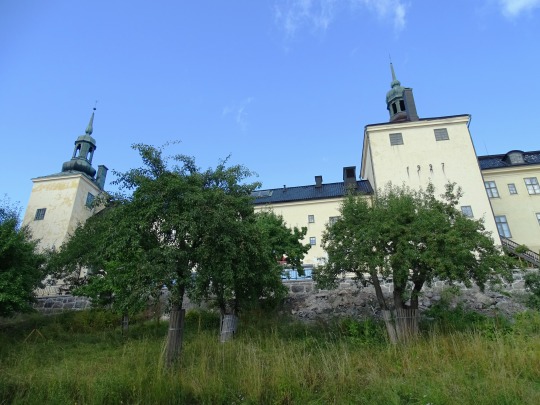
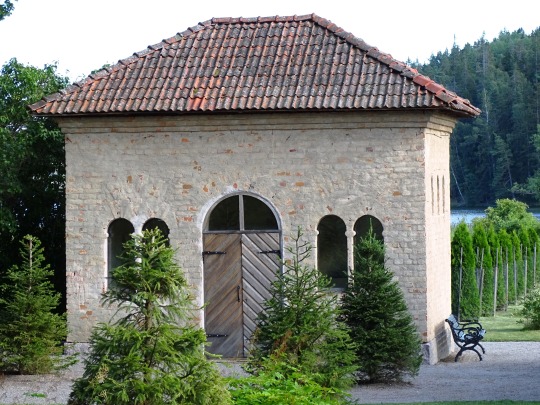
Tyresö Palace, Sweden (No. 1)
Tyresö Palace (Swedish:Tyresö slott) is a 17th-century palace in Tyresö, Stockholm County, Sweden, about 25 km south-east of central Stockholm.
The construction of the palace began in the 1620s and completed in 1636 by the Lord High Steward (Swedish: riksdrots) Gabriel Oxenstierna. He also constructed the nearby Tyresö Church (Swedish:Tyresö kyrka), which was inaugurated with his own burial in 1641.
The palace was inherited in 1648 by Maria Sofia De la Gardie, who had married Gustaf Gabrielsson Oxenstierna, nephew of Swedish Regent and Lord High Chancellor Axel Oxenstierna. Both she and her husband's family were extremely wealthy. Maria Sofia resided in Tyresö Palace, from where she managed her estates around the Baltic Sea, until 1694. Between 1699 and 1737, the writer Maria Gustava Gyllenstierna lived at the palace.
Source: Wikipedia
#Tyresö Palace#Tyresö slott#Tyresö#Stockholm County#Slottsparken#English Garden#park#nature#flora#original photography#summer 2020#tourist attraction#landmark#architecture#Gabriel Gustafsson Oxenstierna#Isak Gustaf Clason#Åliden#Kalvfjärden#tree#Sweden#Sverige#Scandinavia#Northern Europe#lawn#woods#trail#evening light#Baltic Sea
2 notes
·
View notes
Photo
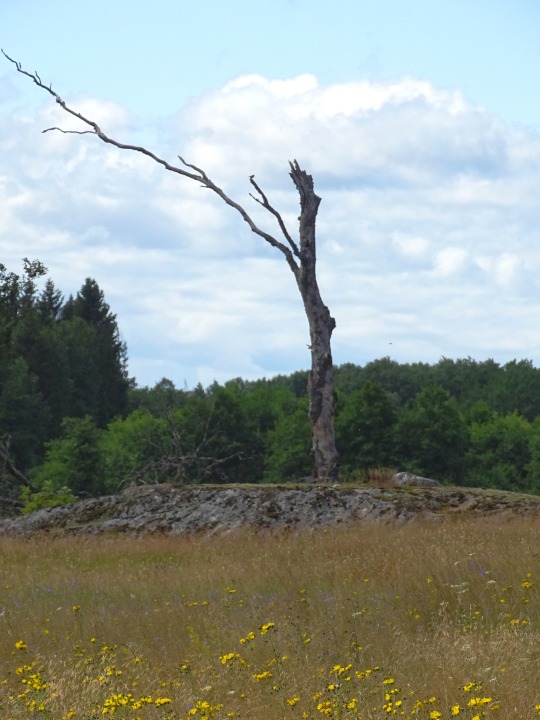
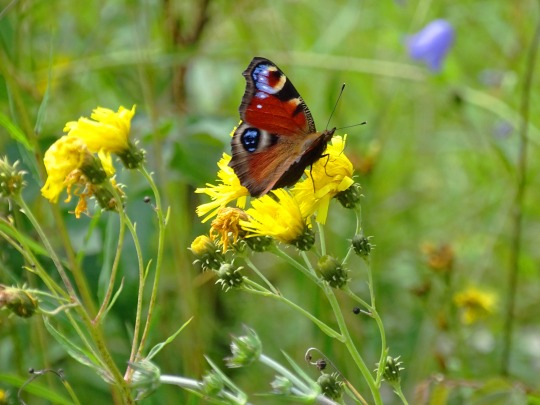
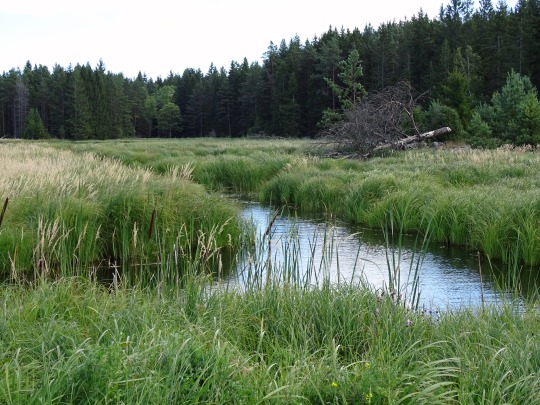

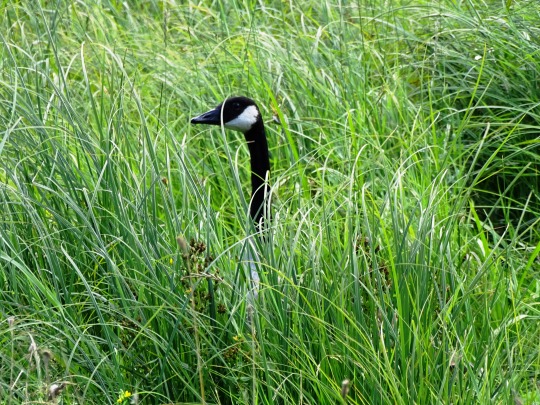



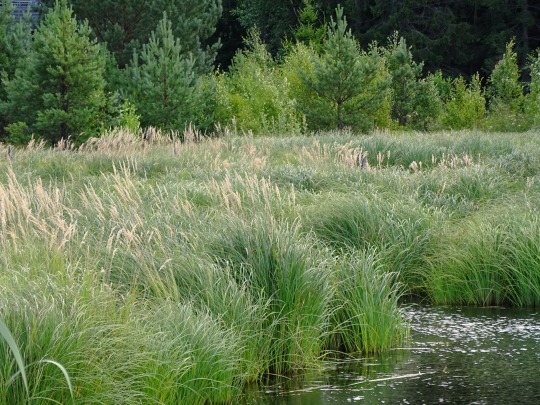

Tyresta National Park, Sweden (No. 11)
Humans settled in Tyresta at early on. The area was already being used for hunting when the ice sheet retreated thousands of years ago. Traces of the very first Stone Age residents remain today, along with signs of Vikings from a thousand years ago, farmers of the 1800s and the scouting movement during the 1940s.
Tyresta has been a hunting ground ever since the cliffs rose from the sea after the latest ice age. The first stone Age humans put up their summer residences in the archipelago, where they were hunting seals, fish and birds. Today small pieces of quartz , that were hacked into sharp pieces for cutting, can still be found in various places in the forest.
Other findings of human history in Tyresta are small heaps of stone in the middle of the forest, where the next heap can be seen at a distance: The heaps often mark the old boundaries between old properties in the forest. Old trails have sometimes also been marked with stone heaps, or by removing some bark from trees with an axe to make so-called blazes. The exposed wood was clearly visible when the blazes were new, but today many of them are covered over with bark.
There are several burial fields with hilly graves around Tyresta village. All of them date from the Early Iron Age and lie in what today is grazing land. In the village there is also a well-known rune stone, with runes carved into a rock surface. It has been dated to around year 1070 B.C., and among the runes are images of a Christian cross and a male wood grouse. An illustration of the drawing can also be seen in the nature centre naturum.
Outdoor life has thrived here since the 1940s, with mushroom and berry picking, orienteering, skiing, and scouting with associated cabins.
Source
#Tyresta National Park#Tyresö#Stockholm County#woods#forest#pond#grass#meadow#butterfly#European Peacock#inscent#flora#fauna#wildflower#tree#summer 2020#original photography#free admission#landmark#tourist attraction#landscape#countryside#Sweden#Sverige#Scandinavia#Northern Europe#rock#Canada Goose
2 notes
·
View notes
Photo


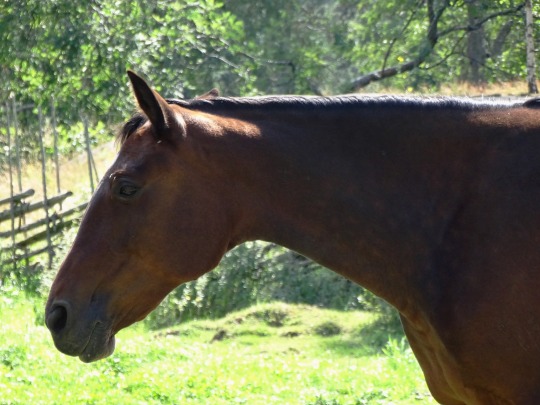
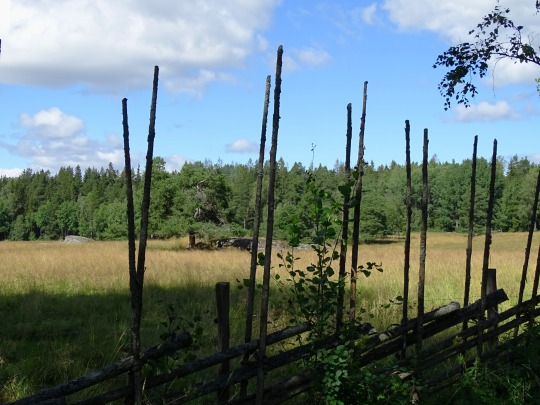



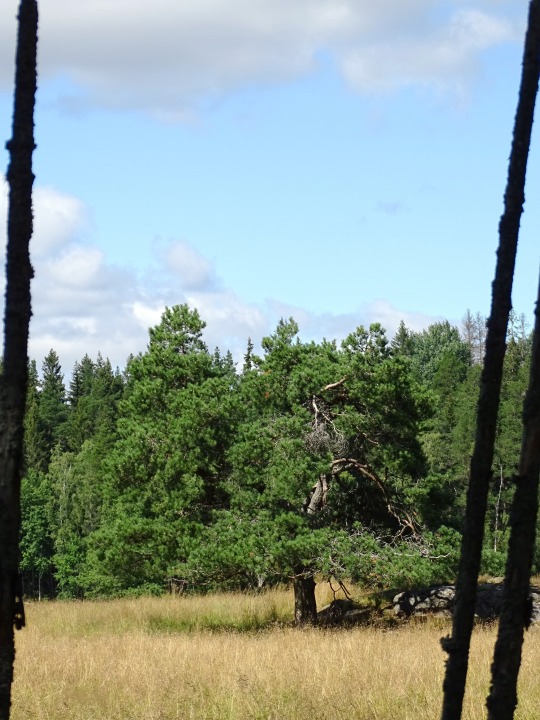
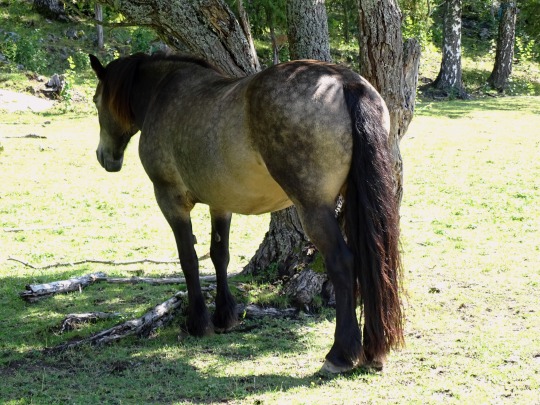
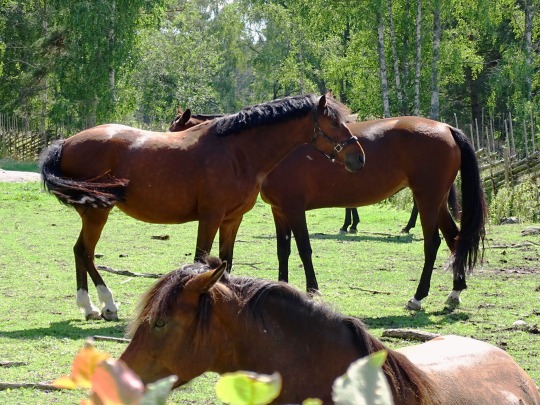
Tyresta National Park, Sweden (No. 4)
Until the beginning of the 20th century, the forest was felled by the farmers in Tyresta solely for housing needs, while other forests in the Stockholm area were severely cut. In the 1910s there were plans for large felling of Tyresta's forests, but one of the farmers did not want to sell his forest, it remained untouched and formed the core of the future national park.
In 1929, another attempt at felling was made when Torsten Kreuger wanted to acquire the forest. The then already unique natural forest was purchased in 1936 by the City of Stockholm, whose purpose was to seek to protect and protect the irreplaceable nature and its opportunities for outdoor recreation. In the 1970s and 1980s, the area was threatened again by development plans and in 1986 tyresta-Åva nature reserve was formed. In 1993, the central parts of the nature reserve were converted into a national park.
Source: Wikipedia
#north Swedish horse#meadow#Tyresta National Park#Tyresö#Sweden#fence#landscape#countryside#flora#fauna#free admission#Sverige#Scandinavia#original photography#summer 2020#tourist attraction#landmark#woods#forest#tree#travel#vacation#Northern Europe
3 notes
·
View notes
Photo





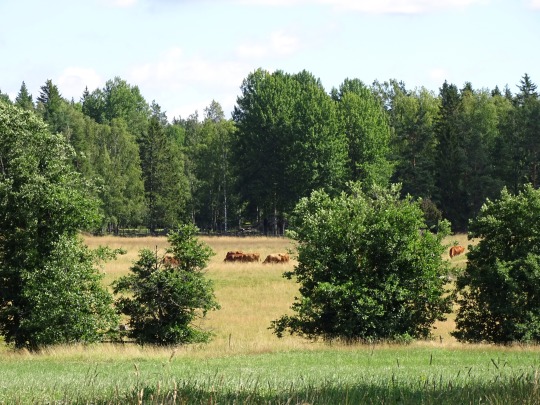
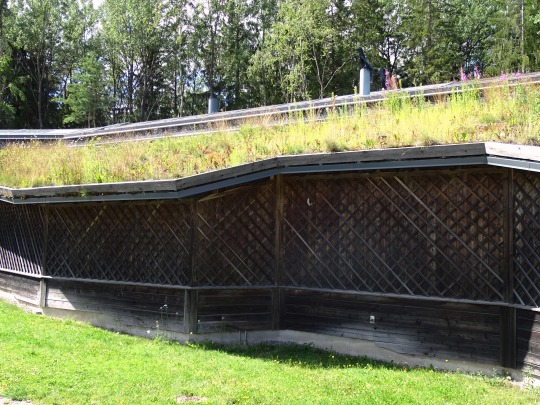
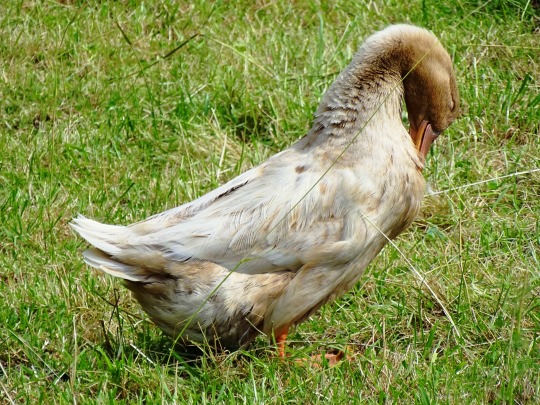
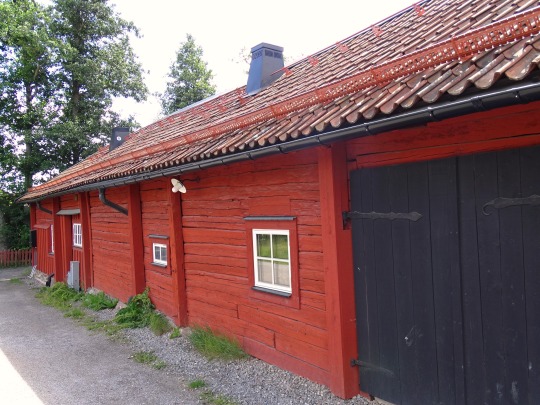
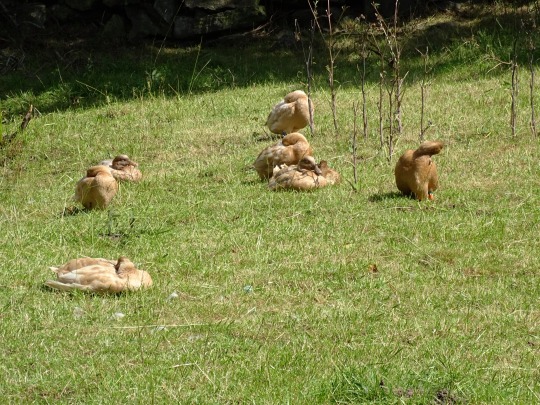
Tyresta National Park, Sweden (No. 1)
Tyresta National Park (Swedish: Tyresta nationalpark) is a national park with a surrounding nature reserve in Sweden, located in Haninge and Tyresö municipalities in Stockholm County.
About 20 km (12 mi) from central Stockholm are the Tyresta National Park and Nature Reserve. The area is characterised by a rift valley landscape which is typical for central Sweden but unique in an international perspective. The national park has an area of 19.7 km2 (7.6 sq mi), and the surrounding nature reserve 27 km2 (10 sq mi), making the total protected area about 47 km2 (18 sq mi). It has been protected to preserve its noted natural values, e.g. one of the largest sections of untouched forest in southern Sweden, and to safeguard its importance for recreation.
Source: Wikipedia
#Tyresta National Park#Tyresö#Stockholm County#Tyresta village#farm building#architecture#Falun Red#landscape#countryside#vacation#free admission#flora#woods#forest#tree#meadow#tourist attraction#landmark#summer 2020#Sweden#Sverige#Scandinavia#Northern Europe#Swedish Yellow Duck#fauna#bird#animal#Tyresta farm#fence
2 notes
·
View notes
Photo

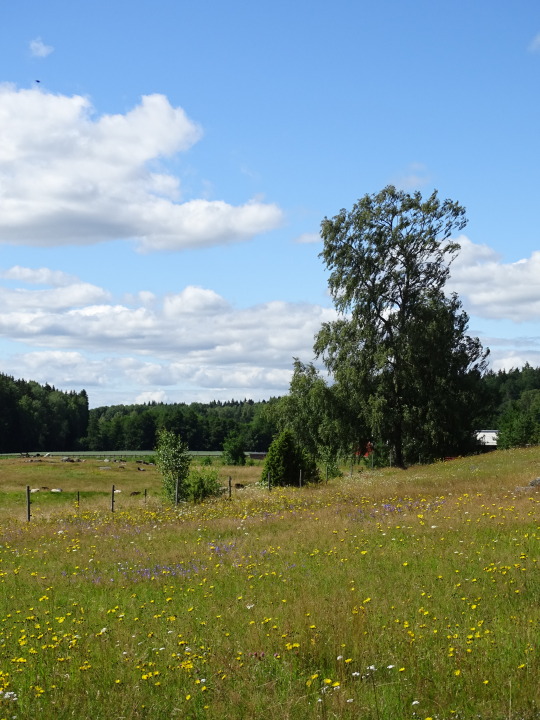

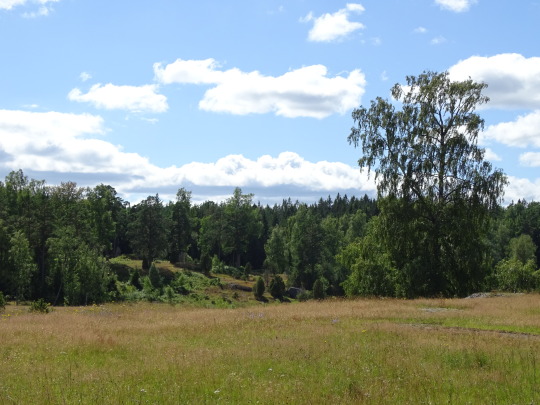
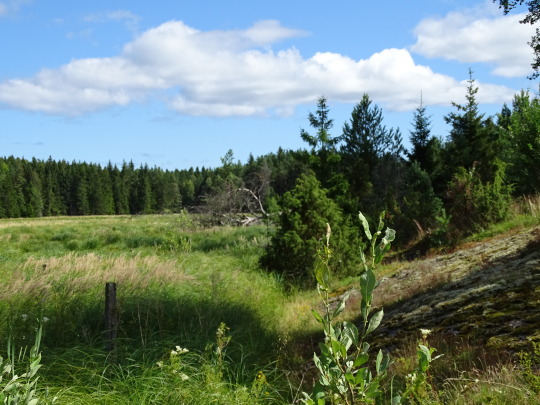
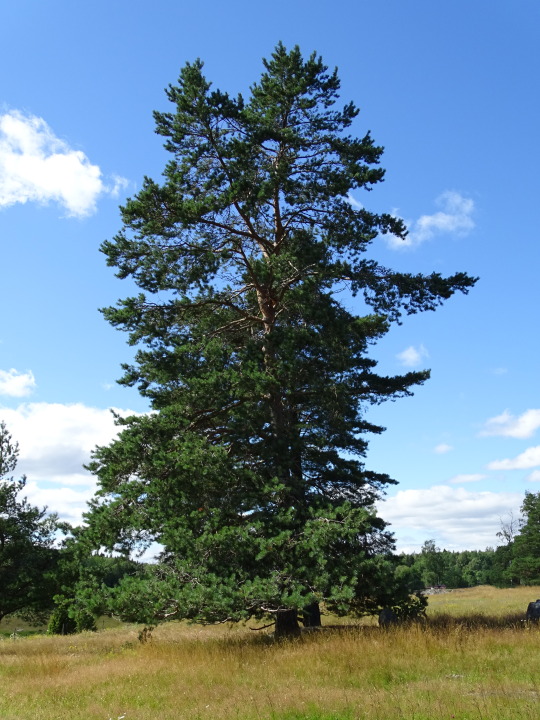
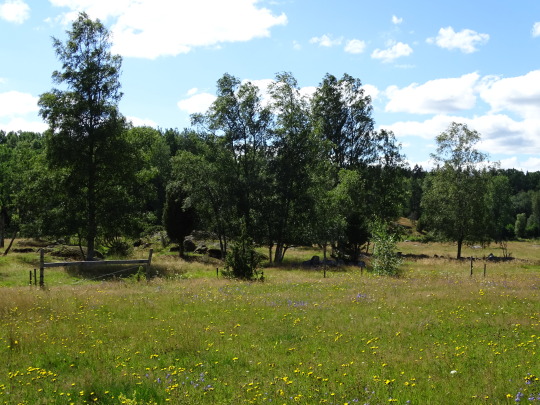

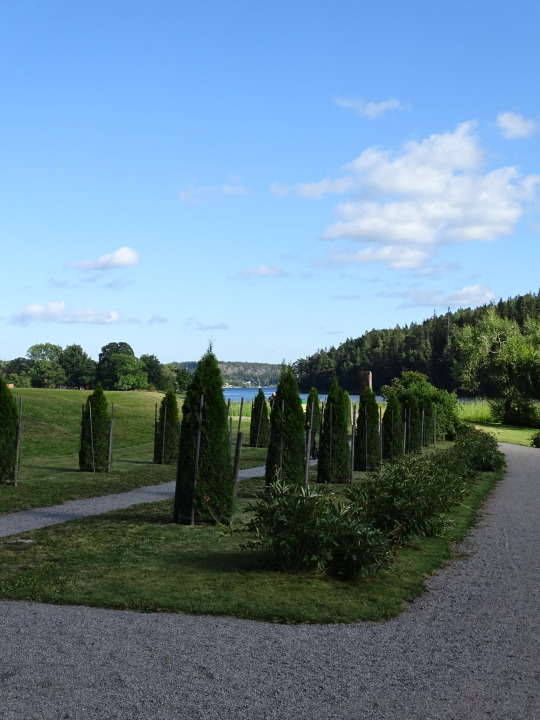
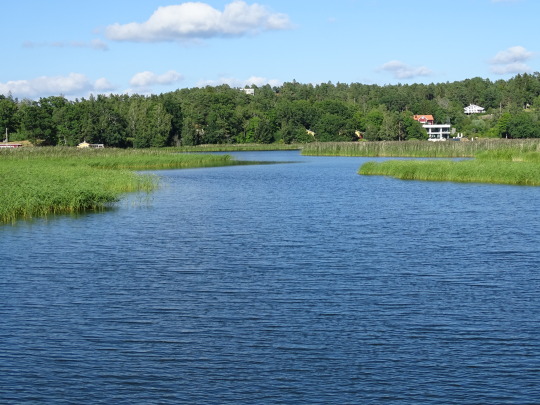
Clouds (No. 333)
Tyresta National Park, Sweden (seven pics)
Tyreso Palace, Sweden (three pics)
#Tyresta National Park#Tyresö#Stockholm County#meadow#wildflower#tree#nature#landscape#countryside#woods#forest#blue sky#clouds#free admission#tourist attraction#Slottsparken#Tyresö Palace#Tyresö slott#park#Kalvfjärden#Baltic Sea#rock#water#cityscape#summer 2020#Sweden#Sverige#original photography#reed#Scandinavia
7 notes
·
View notes
Photo

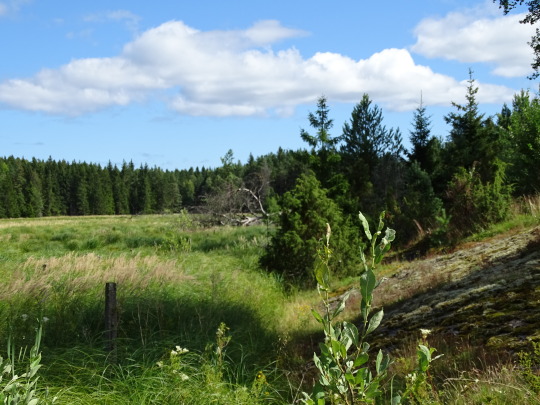
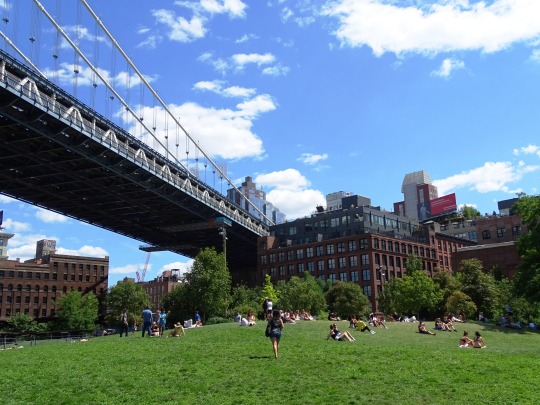
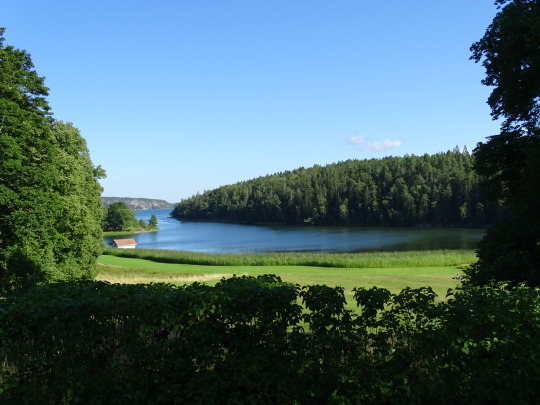
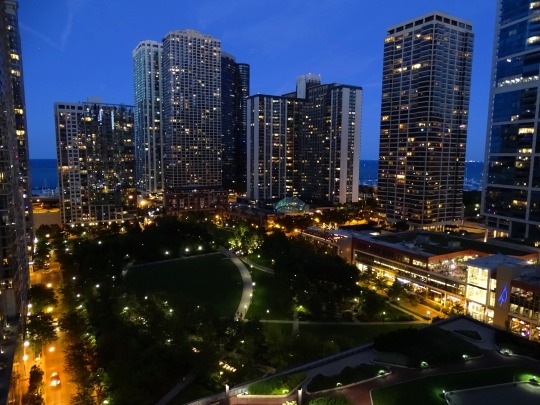
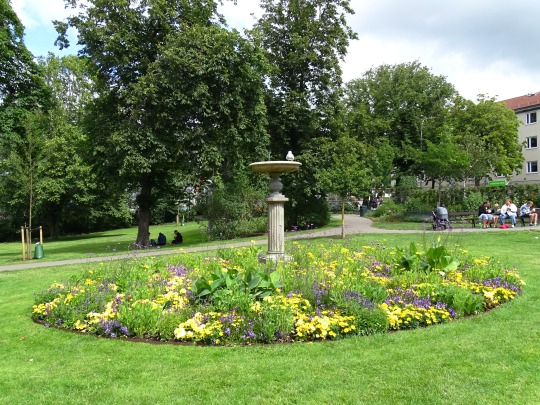

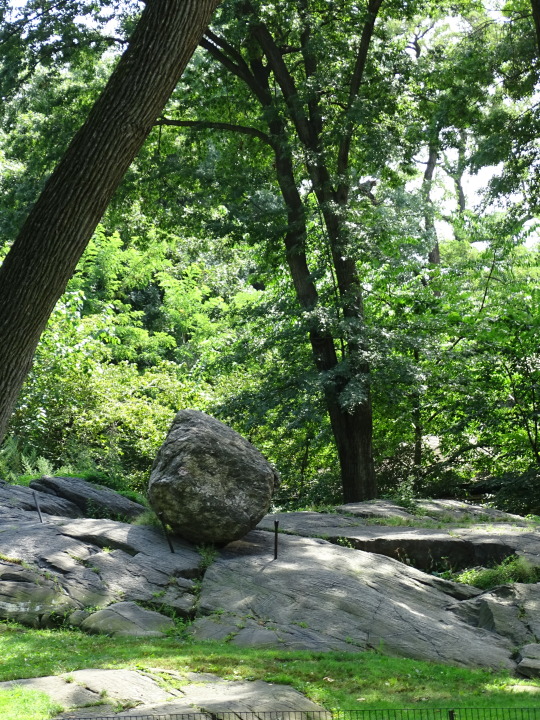

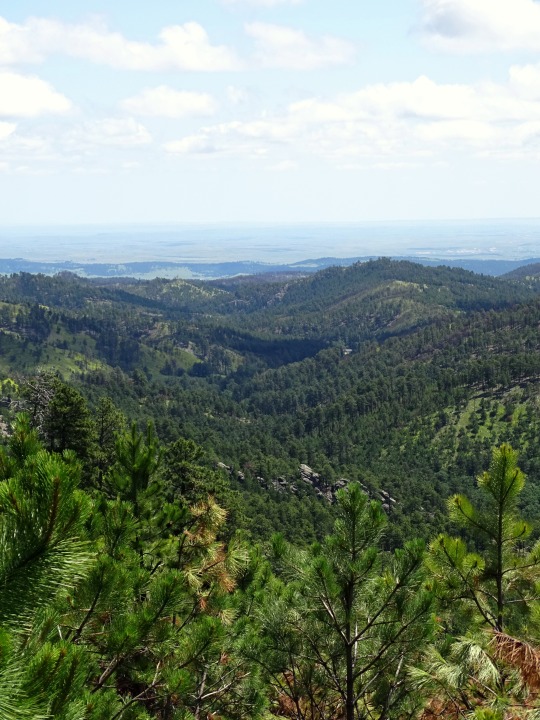
Take A Walk In The Park Day
Take A Walk In The Park Day is an annual celebration observed on March 30th of each year. Nature is the one best thing that heals everything, and nothing can compensate the physical and mental harmony it gives. Break yourself from the monotony busy life, and walk in the park to take a long fresh breath and relax. Stay away from the pollution, noise and stress you endure in everyday life as to relax both your body and soul for a day by taking a walk in the park. Take A Walk In The Park Day is the best opportunity for recreation and to get along with nature in the best way. Visit a park, be it a natural or urban park to feel healthy and happier.
“In every walk with nature, one receives far more than he seeks.” – John Muir
History of Take A Walk In The Park Day
The history and origin of Take A Walk In The Park Day are unknown. Also, there isn’t any mention of the creator and the year from when this celebration has begun. However, the purpose of this Day has several health benefits associated, and that might be the reason for the anonymous author to come up with this celebration idea with a day in the calendar. The Day encourages everyone from all over the world to actively enjoy the physical and mental health benefits while walking in nature. Walk in the park as to breathe some fresh outdoor air, exercise and relax in the better way.
Enjoy the bounties of nature by commuting with it and get away from your stress, clear your mind and re-energize yourself. Studies have proven that walking for about 30 minutes every day will bring huge health benefits. It also has shown that people who hike or walk in nature surrounding areas tend to be happier than those who don’t walk. Active walking will increase heart activity, lower blood pressure, and boost moods. Also, walking will burn calories, reduce the weight, lower the risk of obesity, type 2 diabetes, and certain types of cancers.
How to Celebrate Take A Walk In The Park Day
Take a walk in the park on Take A Walk In The Park Day to celebrate this Day. So wear your walking shoes or hiking boots to breathe the fresh air from the park. Feel free to visit your local park for a morning walk or relax in the afternoon after a stressful or call your mates to spend some time with nature in the evening. You can even call your family members to take a walk and accompany you to get the health benefits.
Actively indulge yourself in taking a walk every day and making it a routine as is the best Day to start off. Take your children to the park with playgrounds and garden to let them enjoy too. Carry your pets and take a leisure walk which is beneficial for both of you.
Source
#Kullaberg Nature Reservat#Take A Walk In The Park Day#30 March#Sweden#travel#summer 2020#landscape#Kattegat#original photography#Sverige#TakeAWalkInTheParkDay#Tyresta National Park#Slottsparken#Tyresö Palace#English Park#Varberg#Lake Shore East Park#Chicago#Central Park#USA#New York City#Millennium Park#Goldschmidts-Park#Seeheim-Jugenheim#Custer State Park#2019#Black Hills#Germany
6 notes
·
View notes
Photo
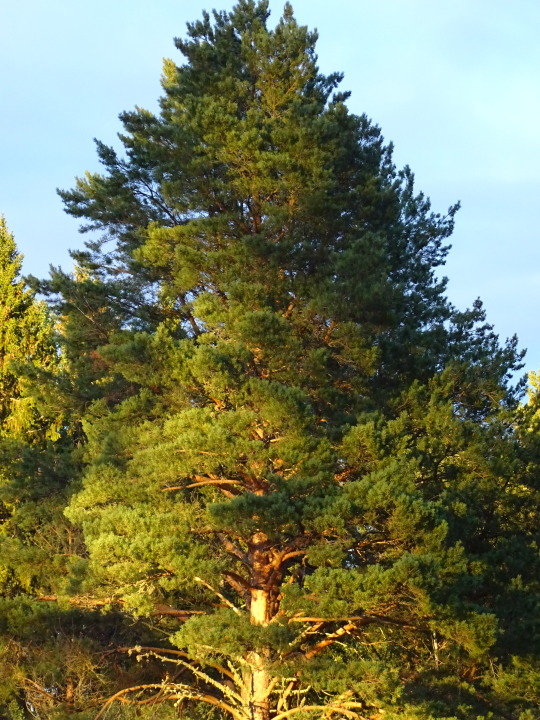
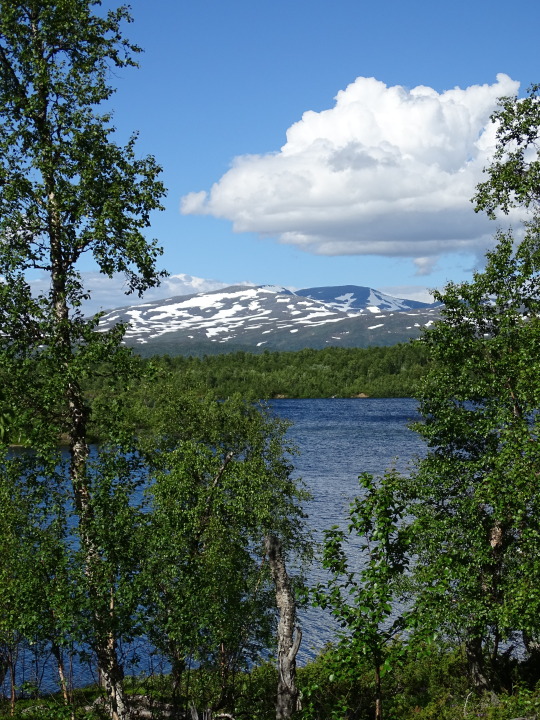
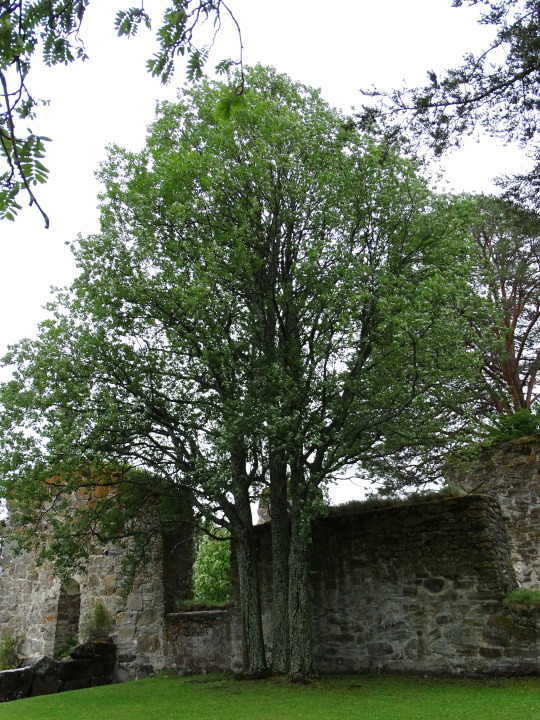

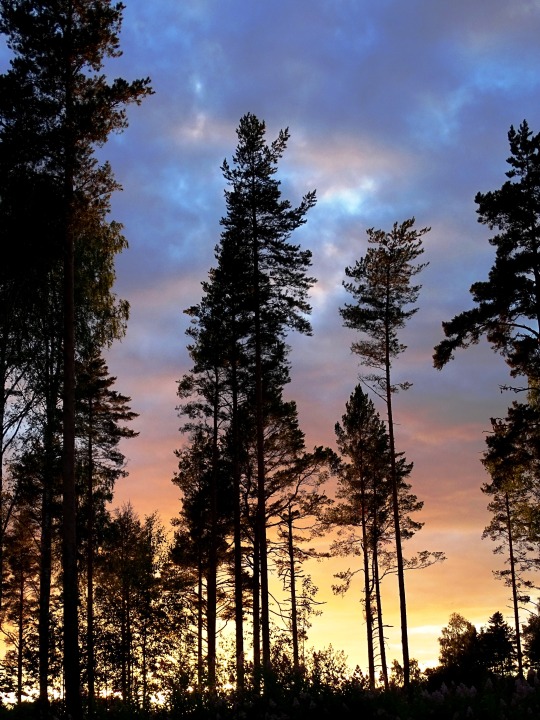
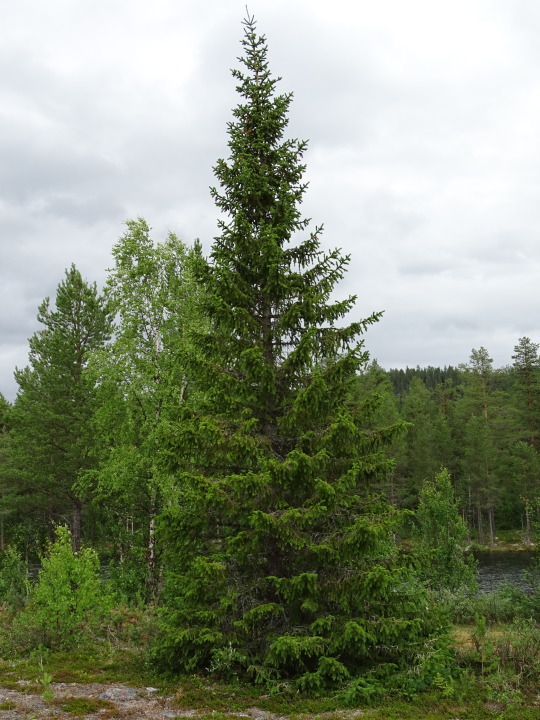


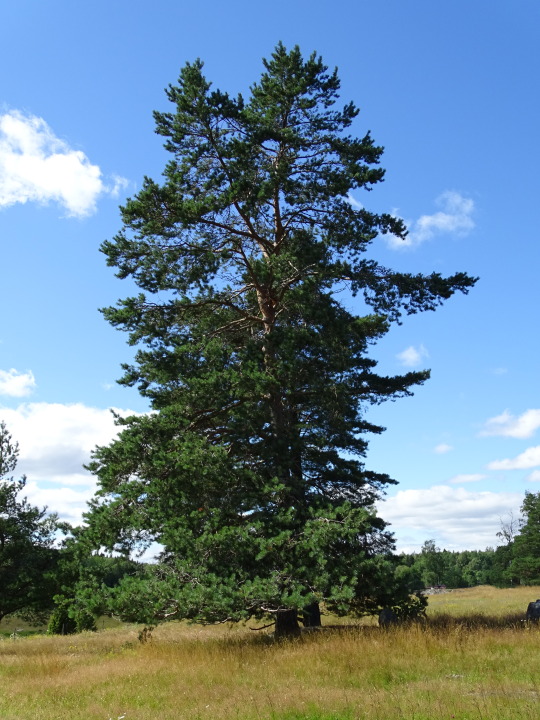
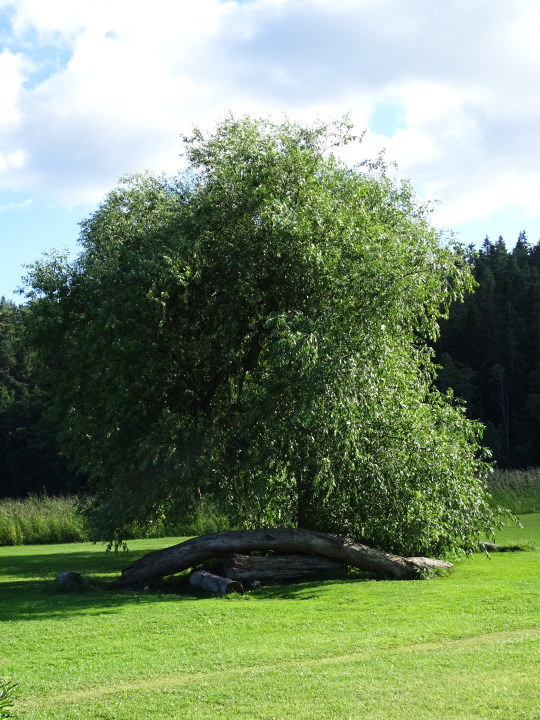
National Love a Tree Day
Trees are important to the existence and diversity of life on earth, and to maintaining the earth's ecology. Their root systems store carbon dioxide, move water, and produce oxygen. Trees hold stream and river banks, help with erosion control, conserve water, and prevent floods. The organic matter of soil is made from remnants of trees, which recycle nutrients such as nitrogen, carbon, and oxygen. On top of this, trees give us shade. With all these benefits, what's not to love about them?
Trees may be pteridophytes such as tree ferns, gymnosperms such as conifers, and angiosperms, which are flowering plants. Angiosperms are divided into monocotyledons and dicotyledons. Palm trees are the most common monocotyledons, and most trees are dicotyledons. Common dicotyledons include birches, hollies, maples, magnolias, elms, oaks, ashes, poplars, and willows. Trees are grouped in other ways, such as being softwoods or hardwoods, and being evergreen or deciduous.
How to Observe Love a Tree Day
There are many ways to celebrate Love a Tree Day:
Literally hug a tree.
Climb a tree.
Water a tree.
Identify trees.
Trim a tree in your yard.
Adorn a tree with a bird feeder or bird house.
Plant a tree.
#National Love a Tree Day#LoveATreeDay#16 May#Sweden#flora#travel#Molkomssjön#Sun Church Ruins#Östersund#Lake Överuman#Lake Storuman#Njutanger#Gamla Uppsala#Tyresta National Park#Tyresö Palace#Trollskogen#tree#pinales#original photography#summer 2020#Sverige#Scandinavia#landscape#countryside#Northern Europe
3 notes
·
View notes
Photo
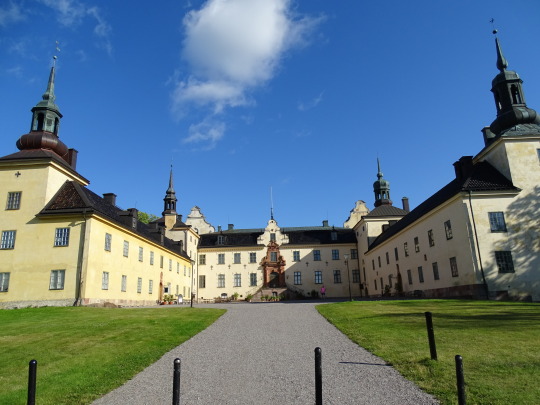
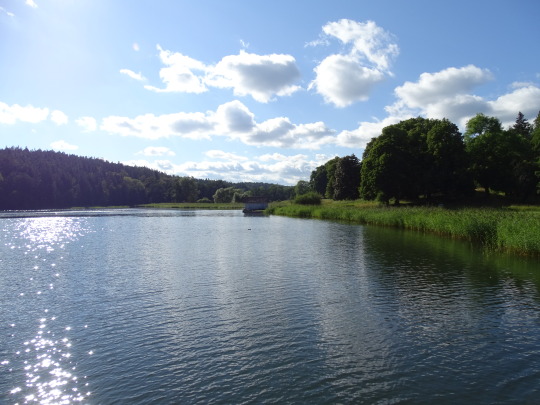

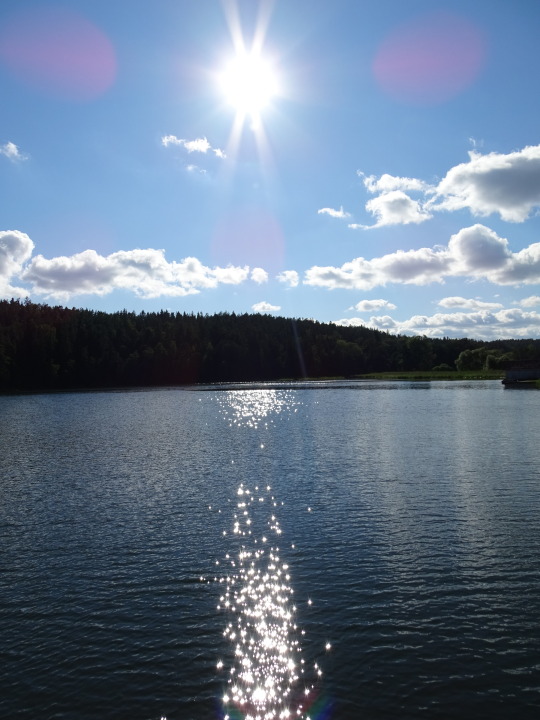
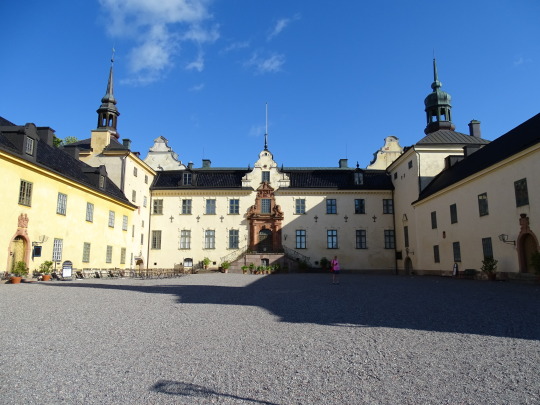


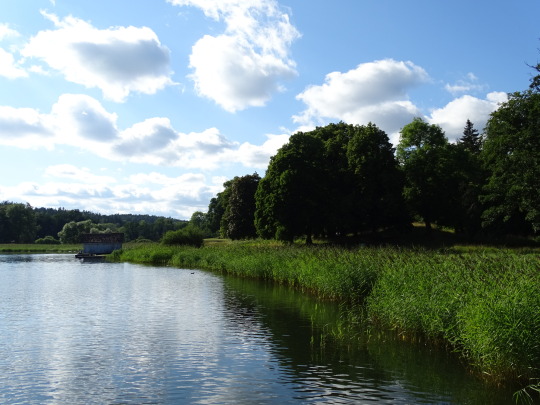


Clouds (No. 334)
Tyreso Palace, Sweden
#Tyreso Palace#Kalvfjärden#Baltic Sea#nature#Slottsparken#park#flora#blue sky#clouds#Tyresö#Tyresö slott#Stockholm County#summer 2020#original photography#travel#vacation#landscape#countryside#landmark#tourist attraction#architecture#Gabriel Oxenstierna#English garden#Romantic nationalism#exterior#Sverige#Sweden#Scandinavia#Northern Europe
5 notes
·
View notes
Photo

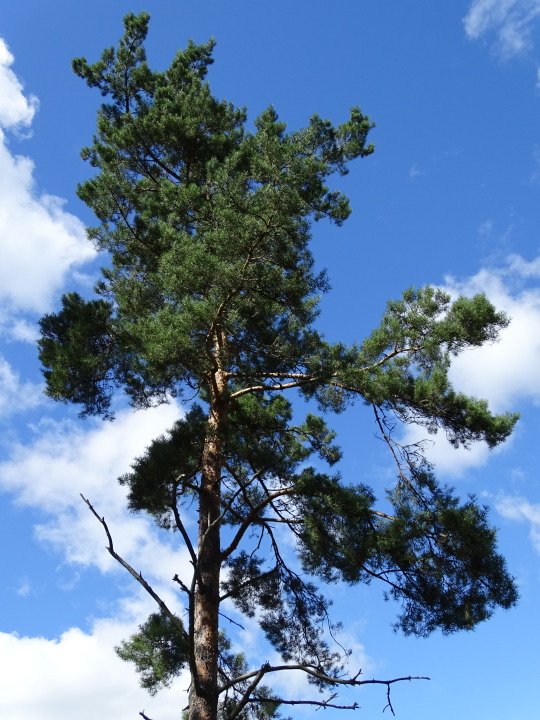
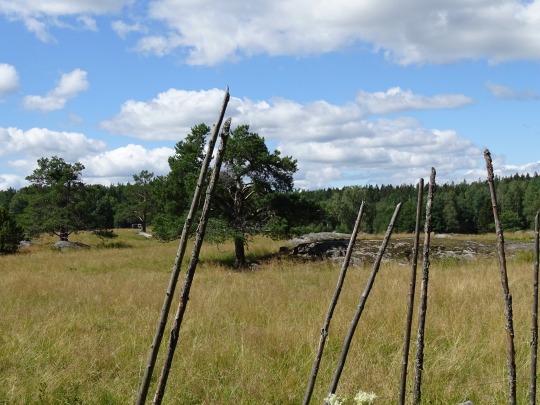
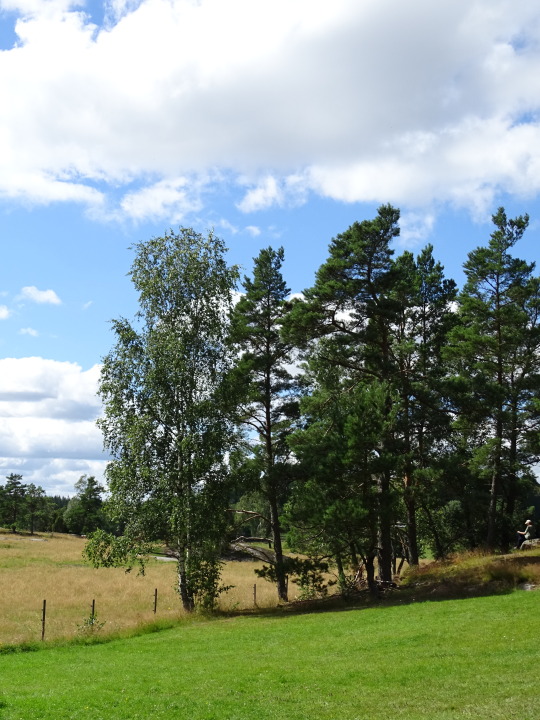
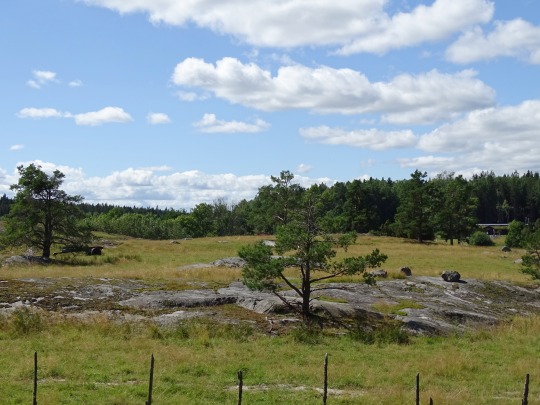
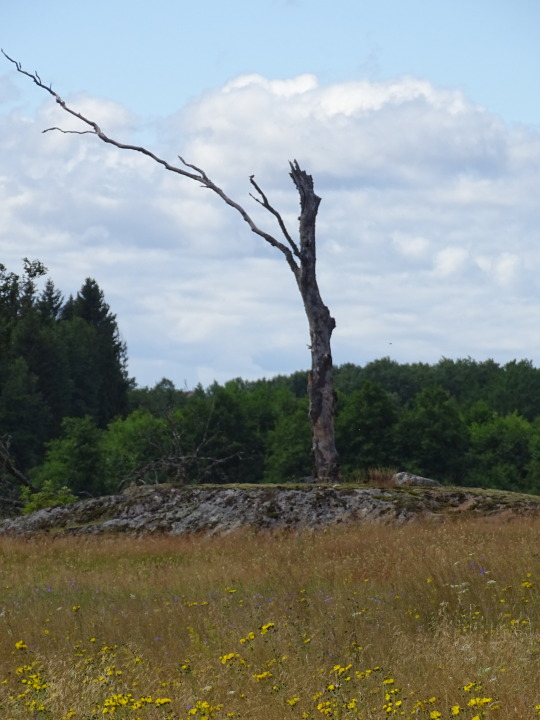
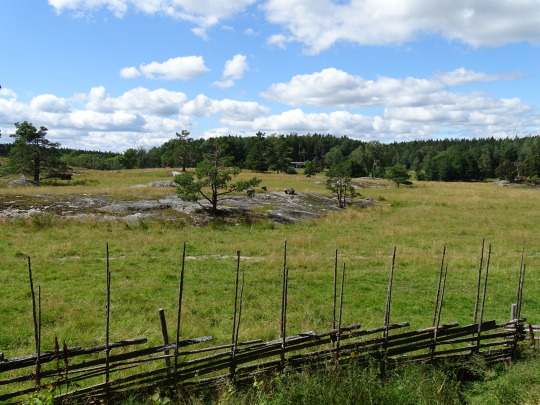


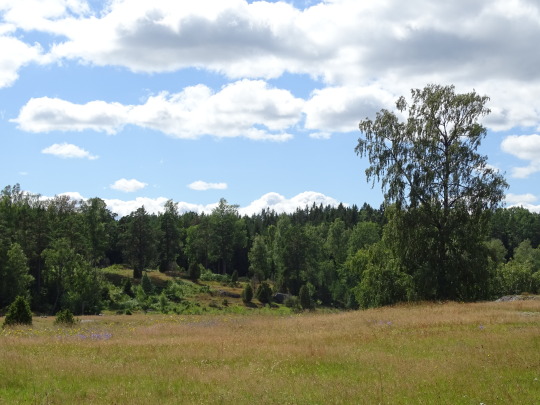
Clouds (No. 332)
Tyresta National Park, Sweden
#Tyresta National Park#Tyresö#Stockholm County#free admission#fence#blue sky#clouds#tree#woods#forest#paddock#meadow#flora#nature#tourist attraction#rock#landscape#countryside#water#wildflower#travel#vacation#original photography#summer 2020#Sweden#Sverige#Scandinavia#Northern Europe#hills
4 notes
·
View notes
